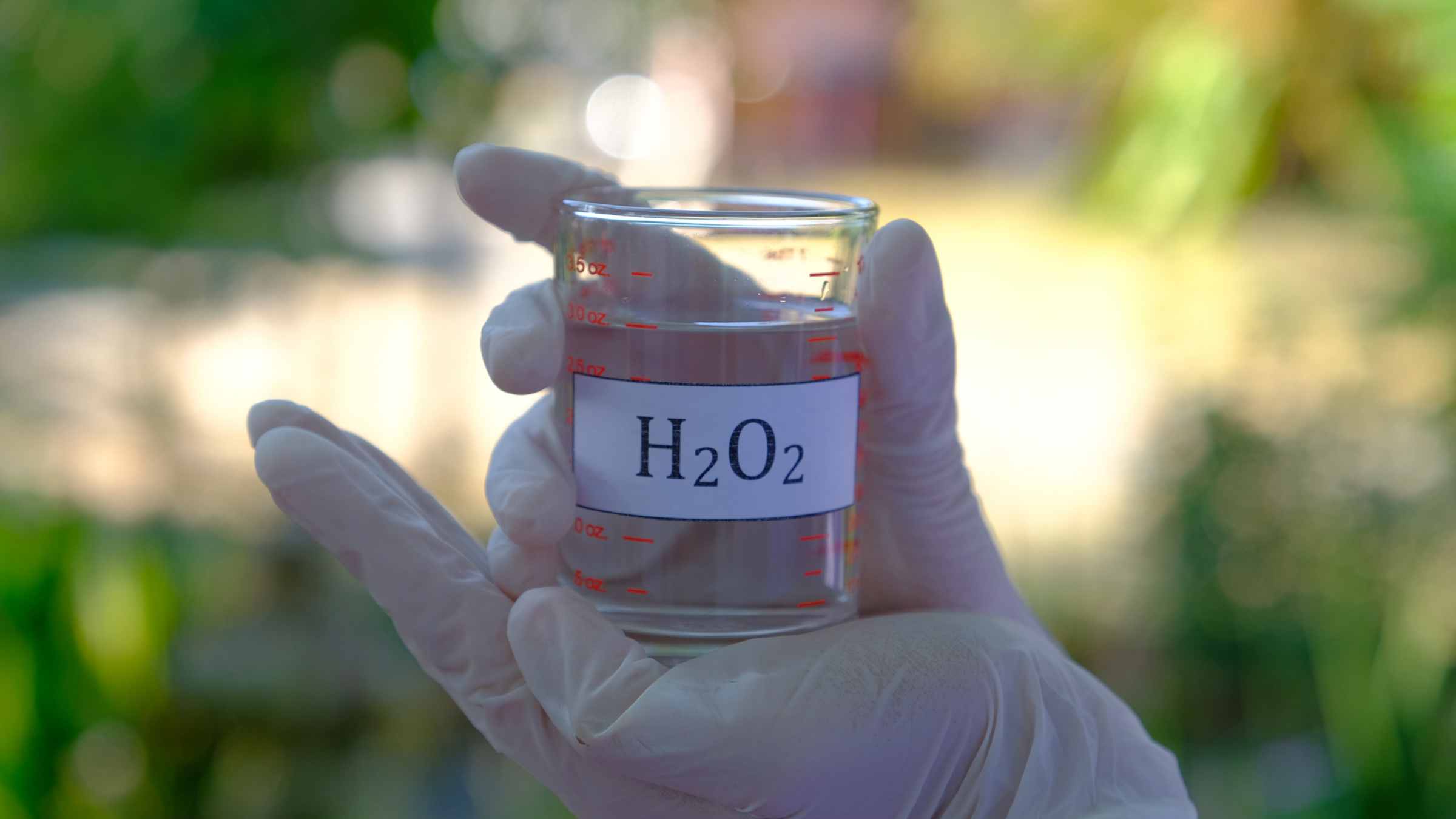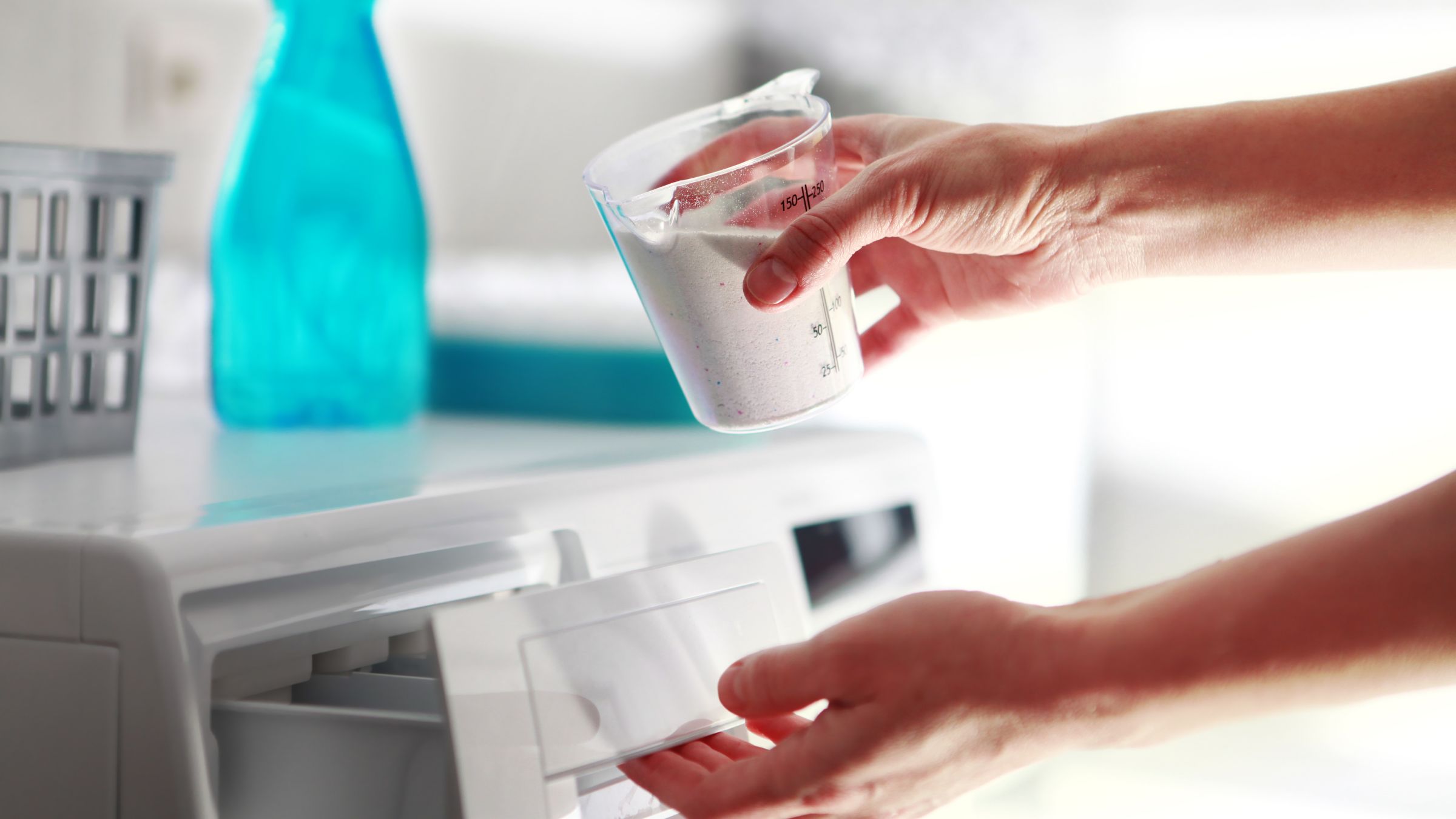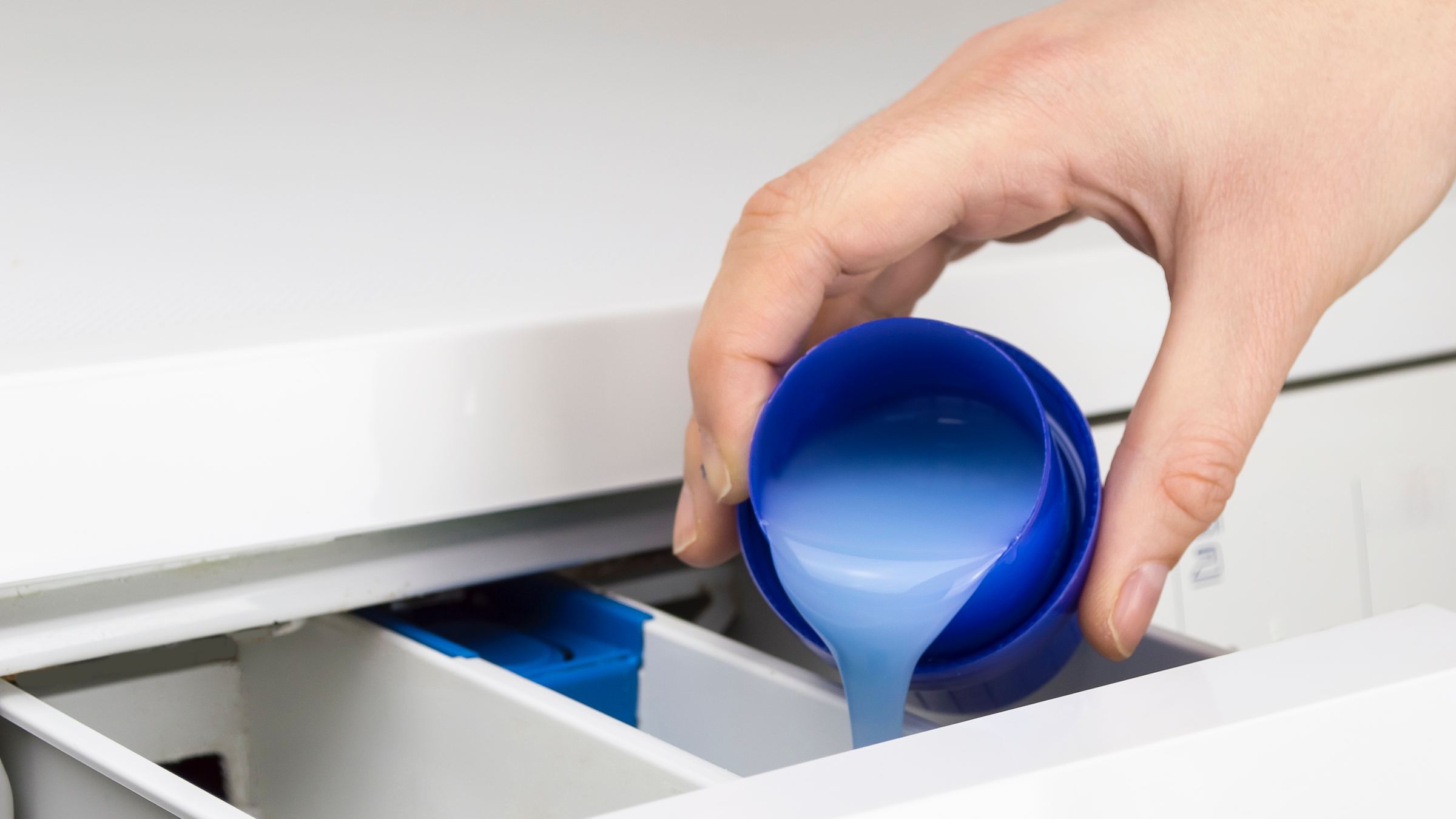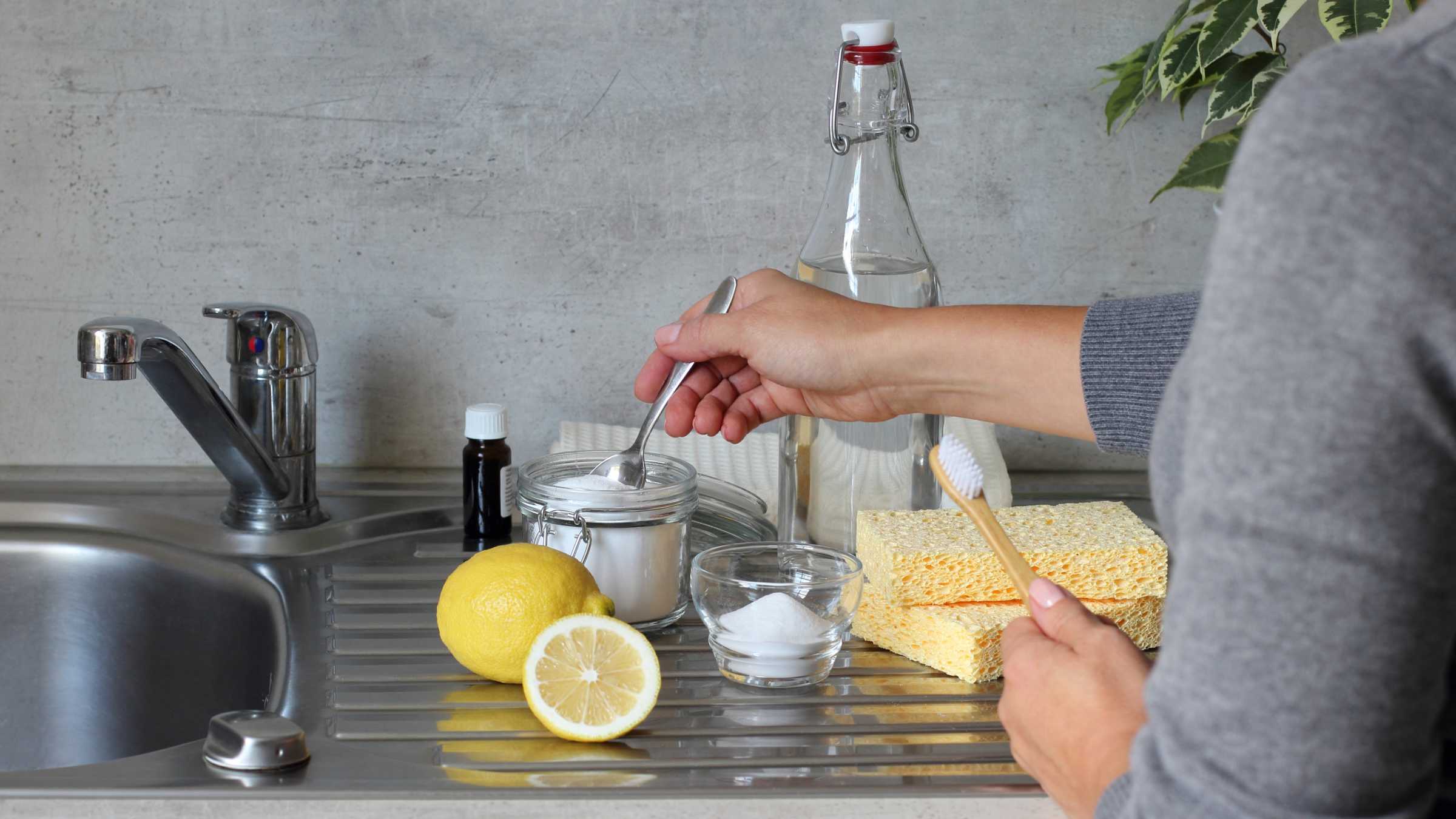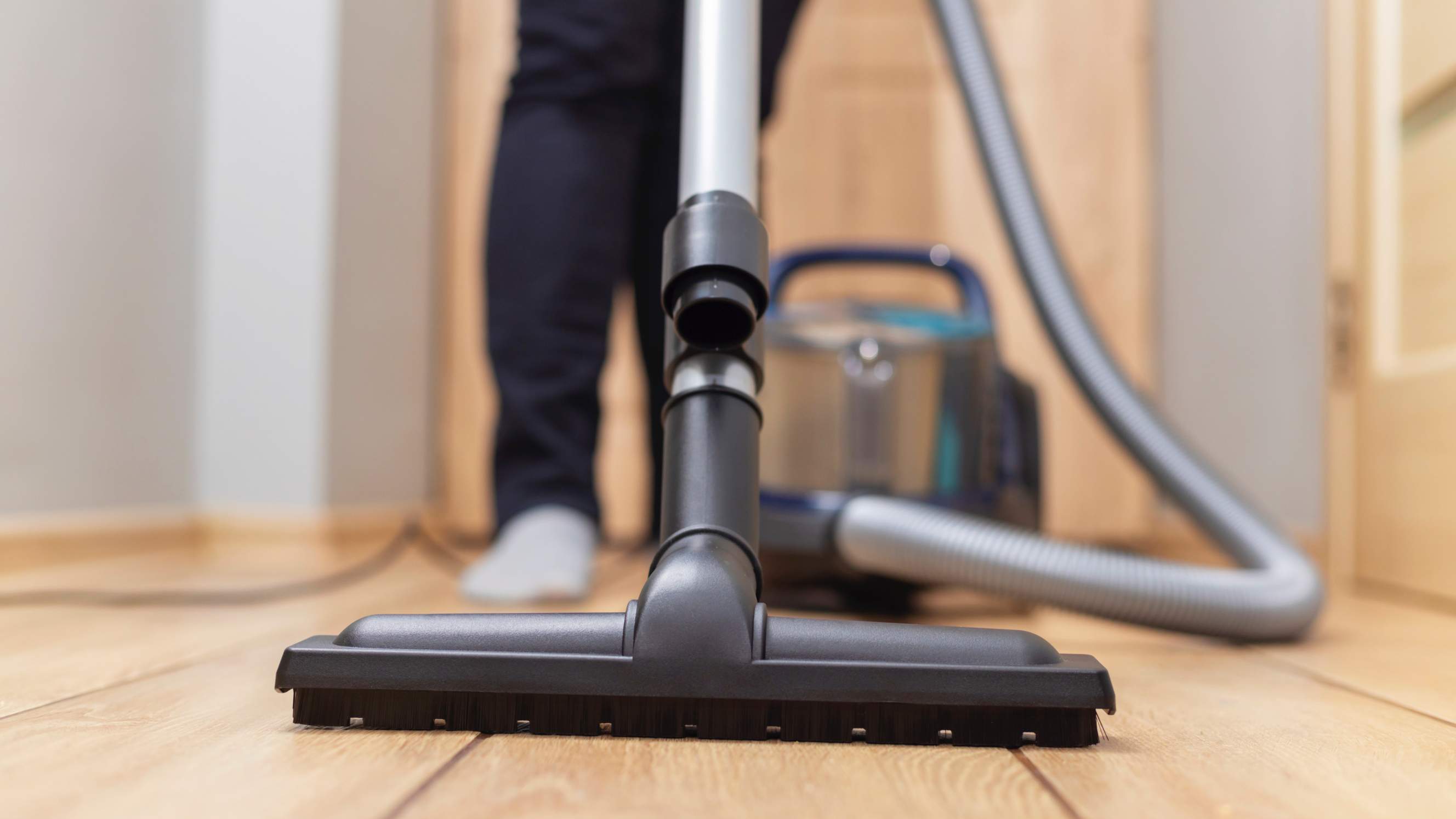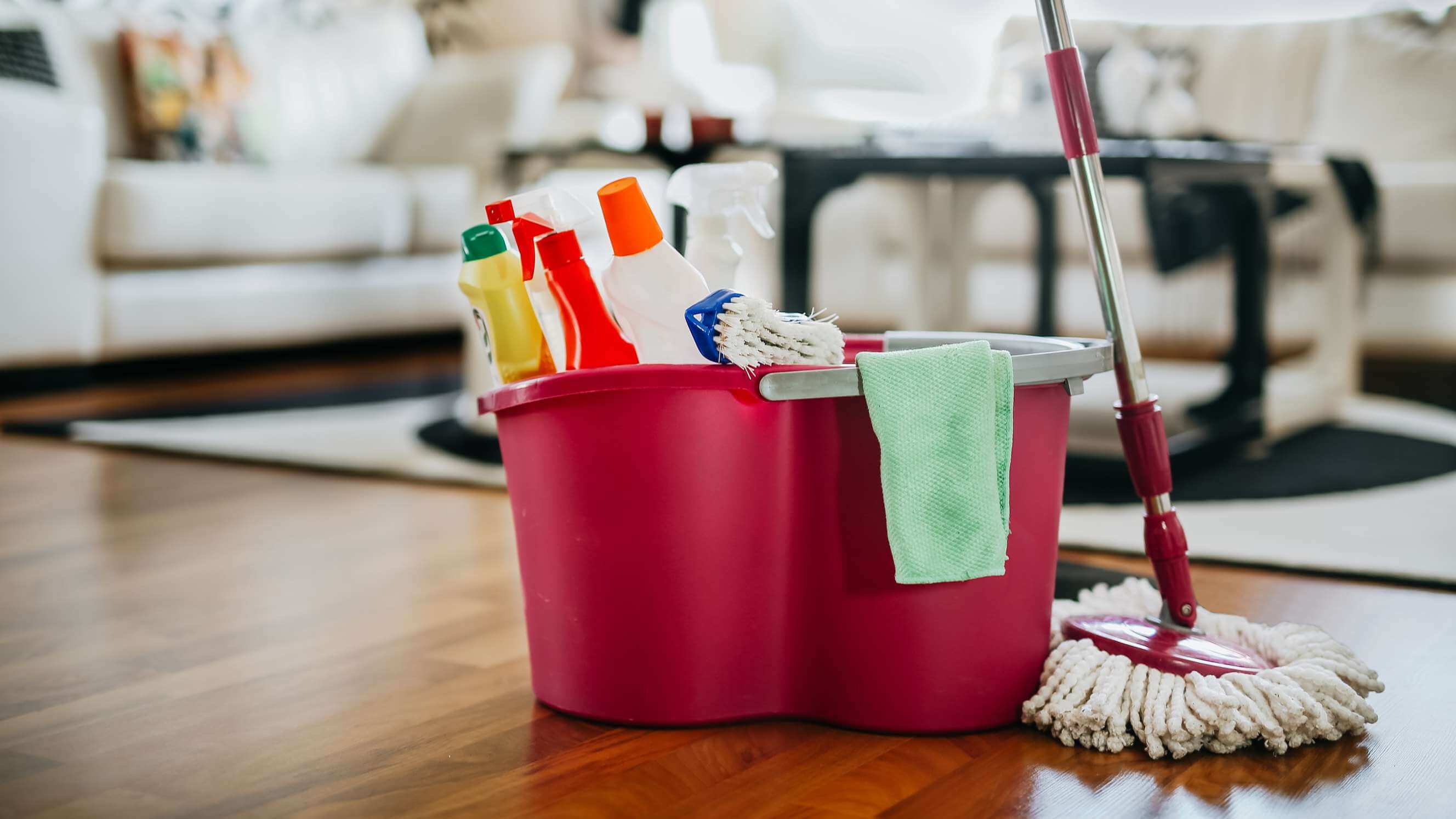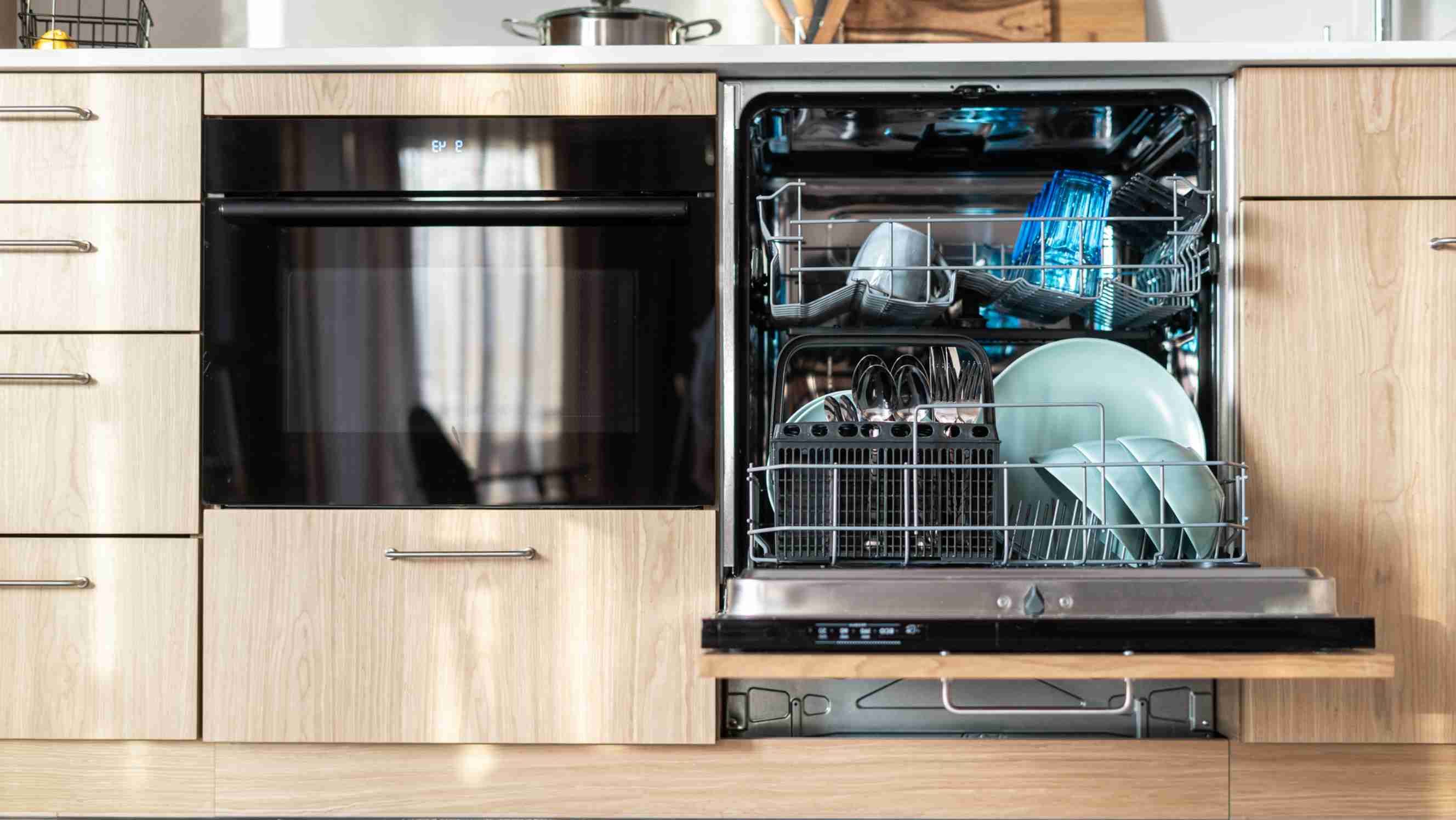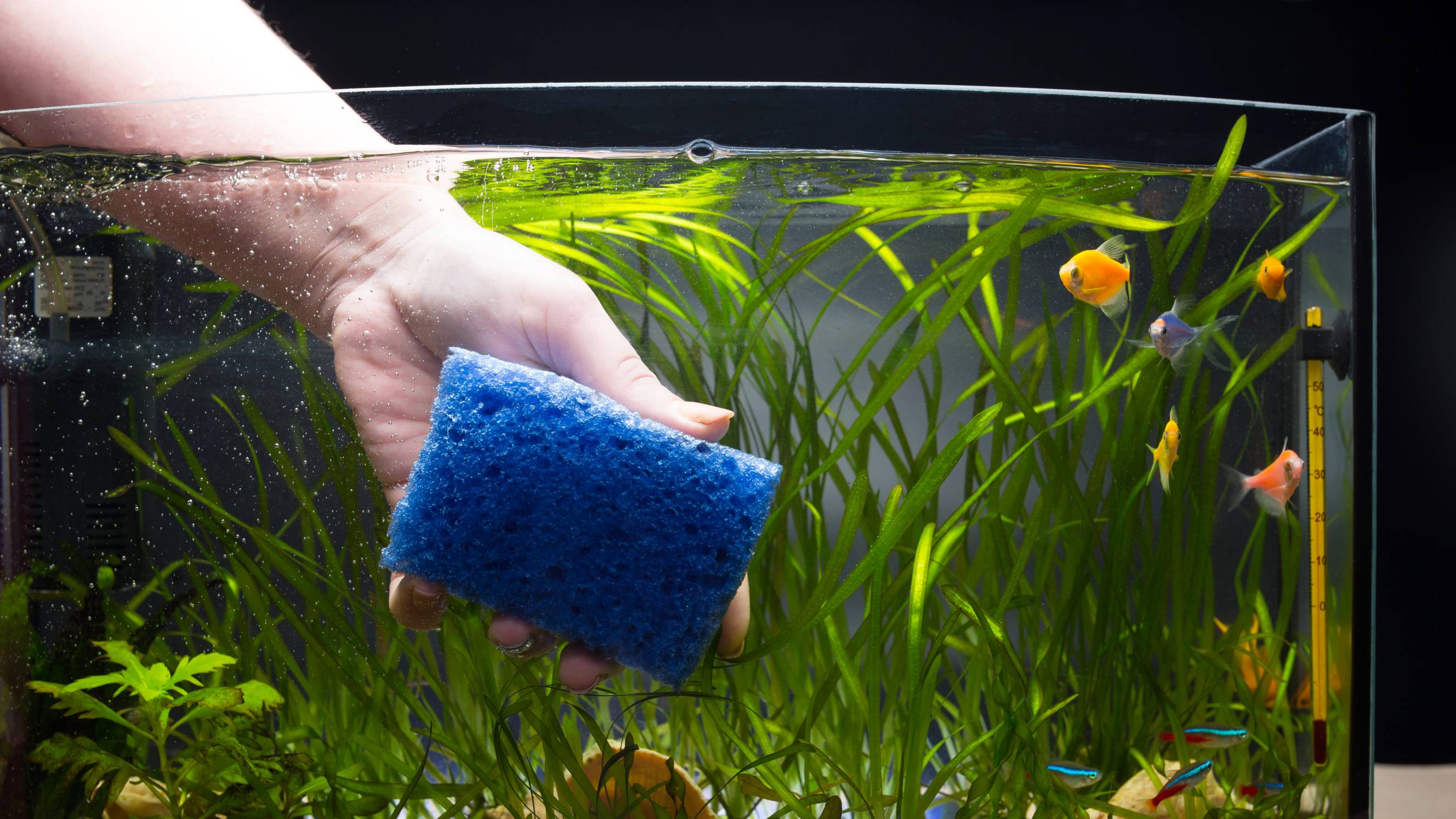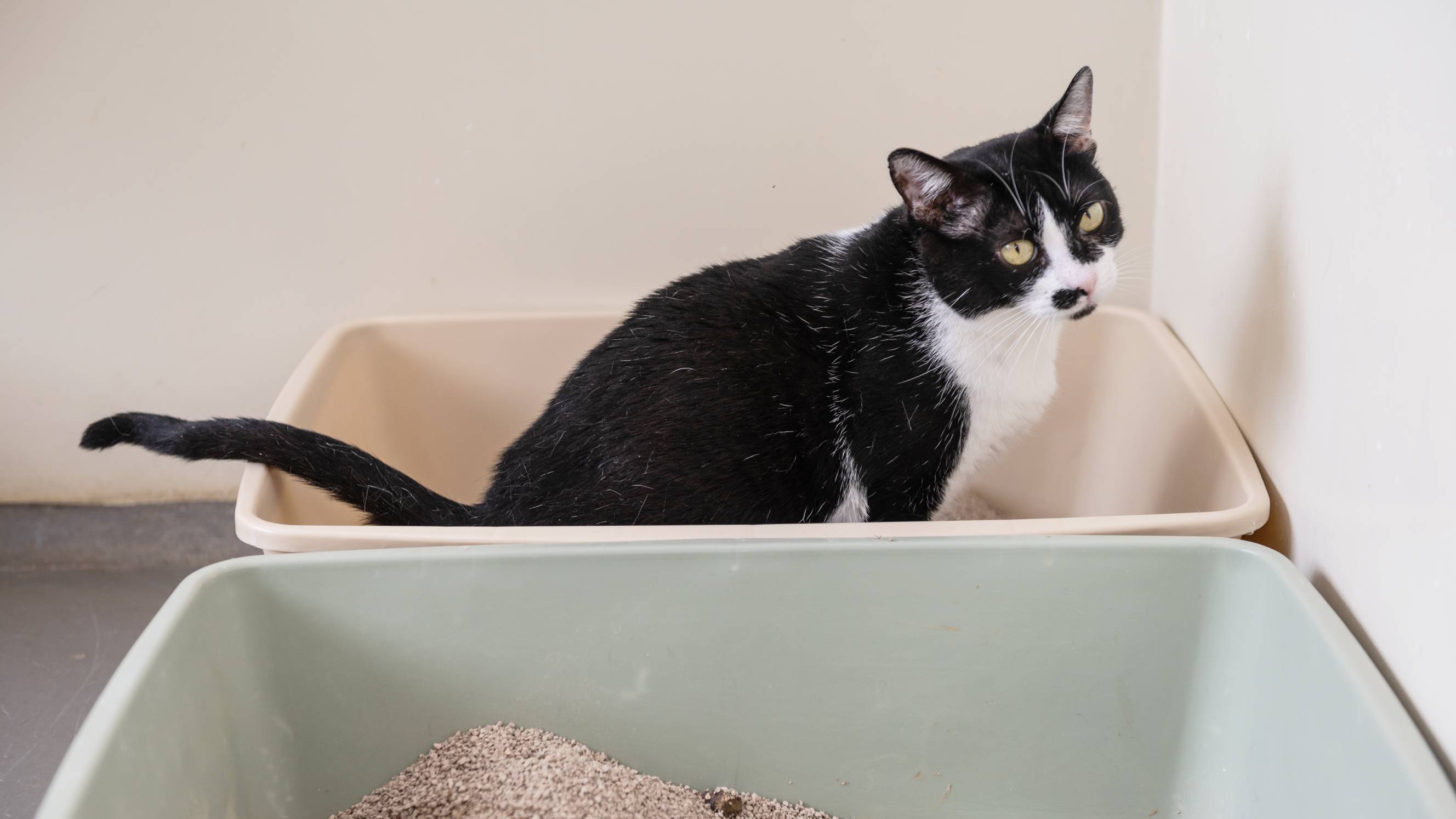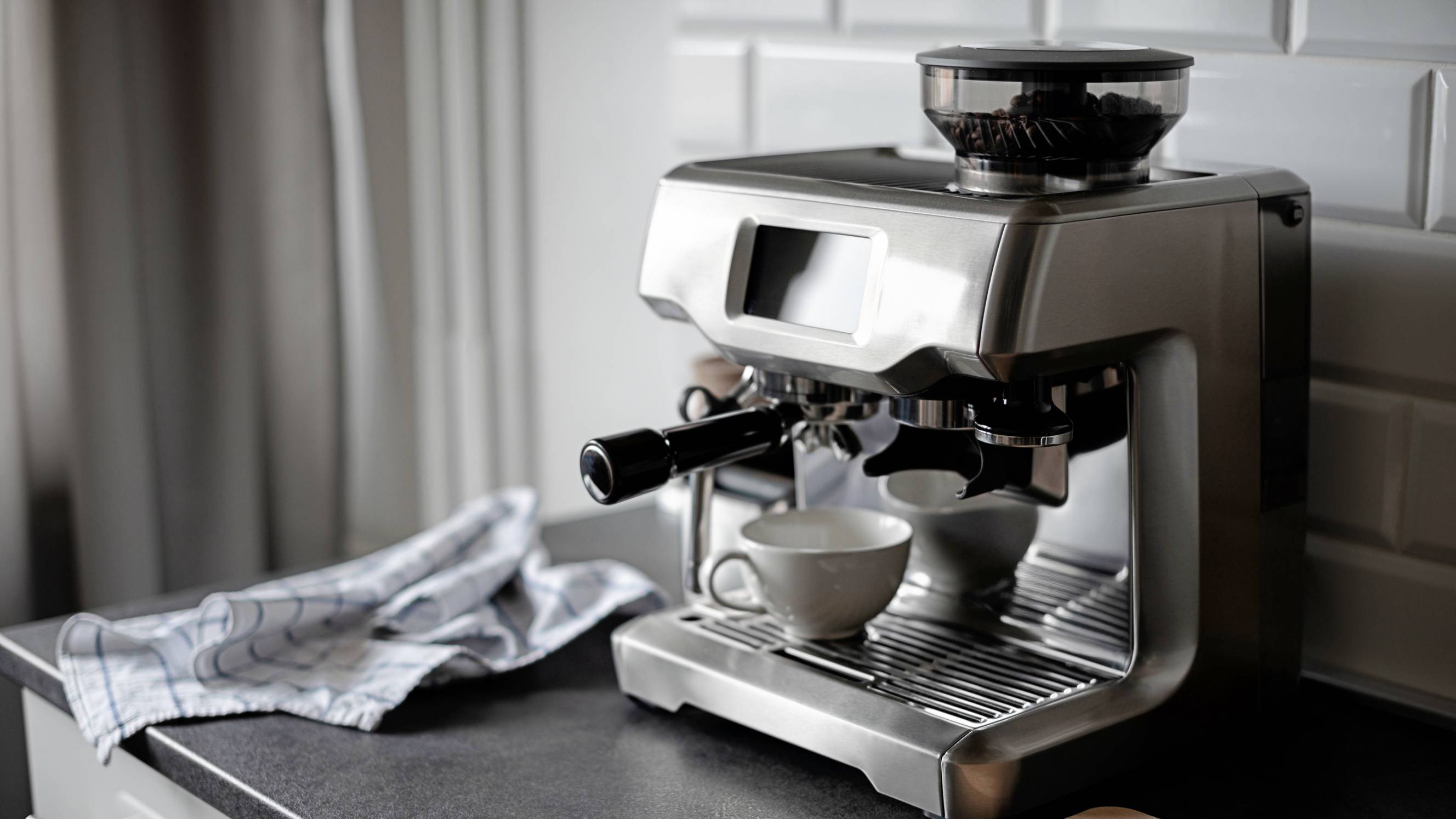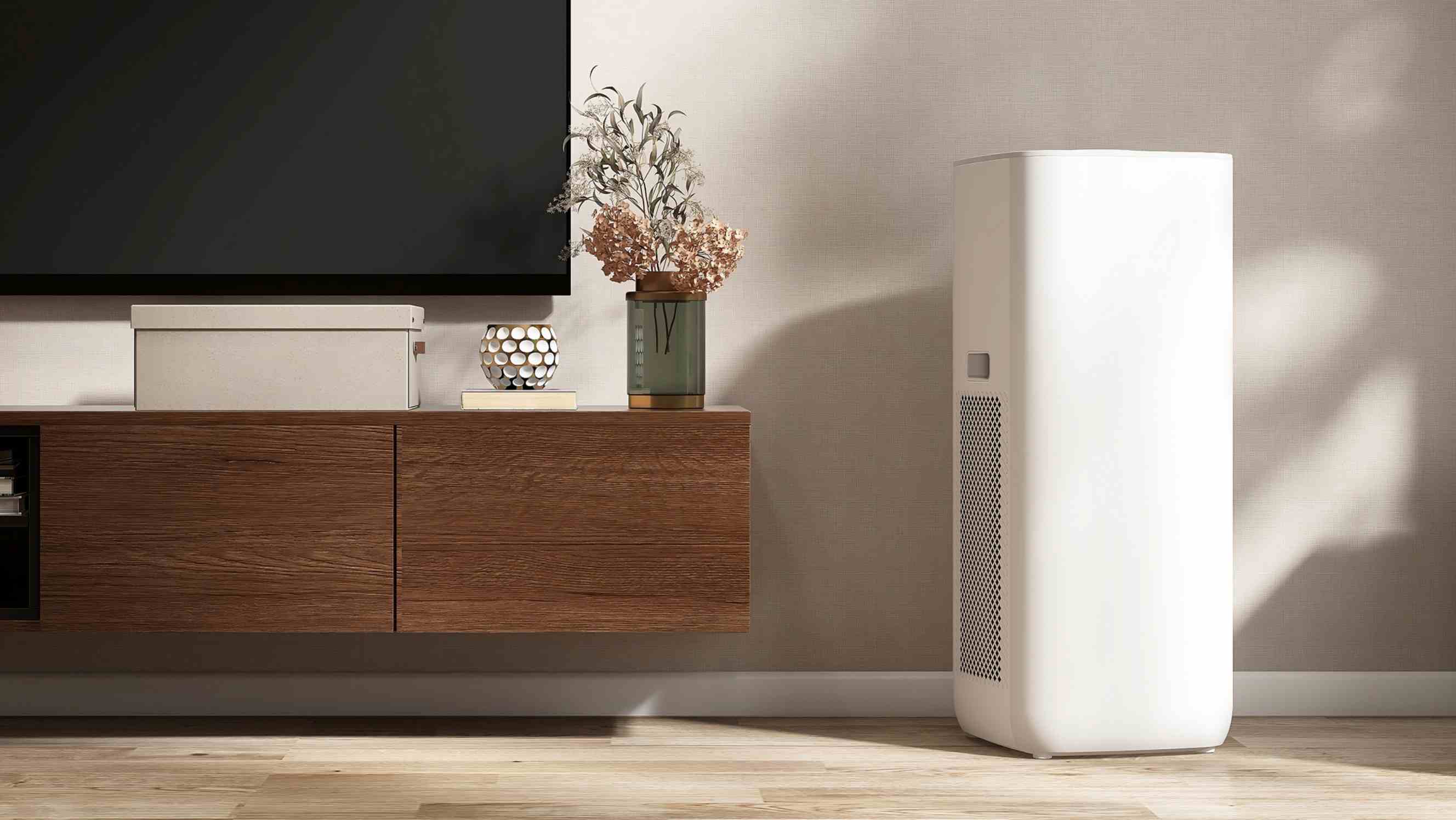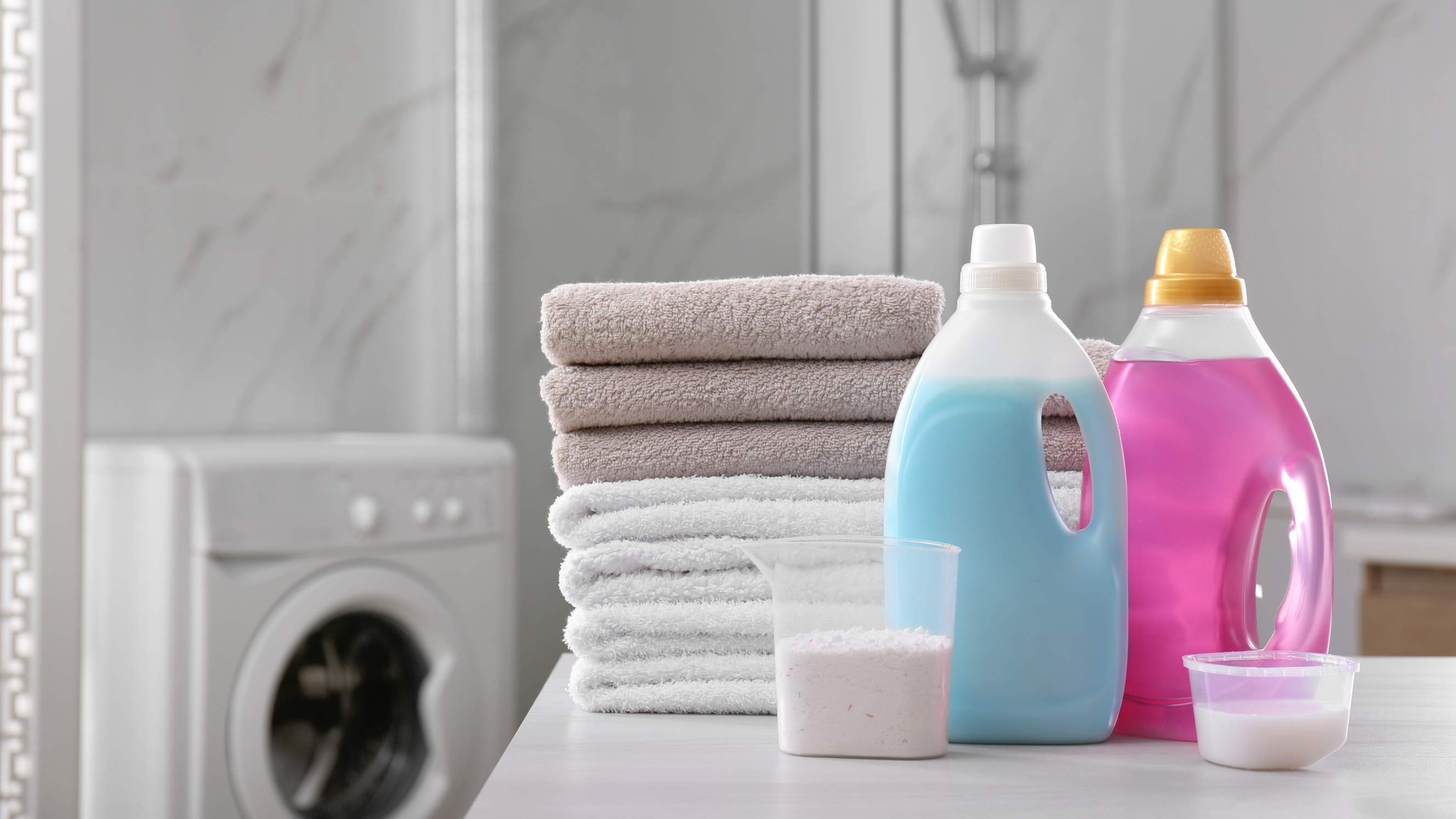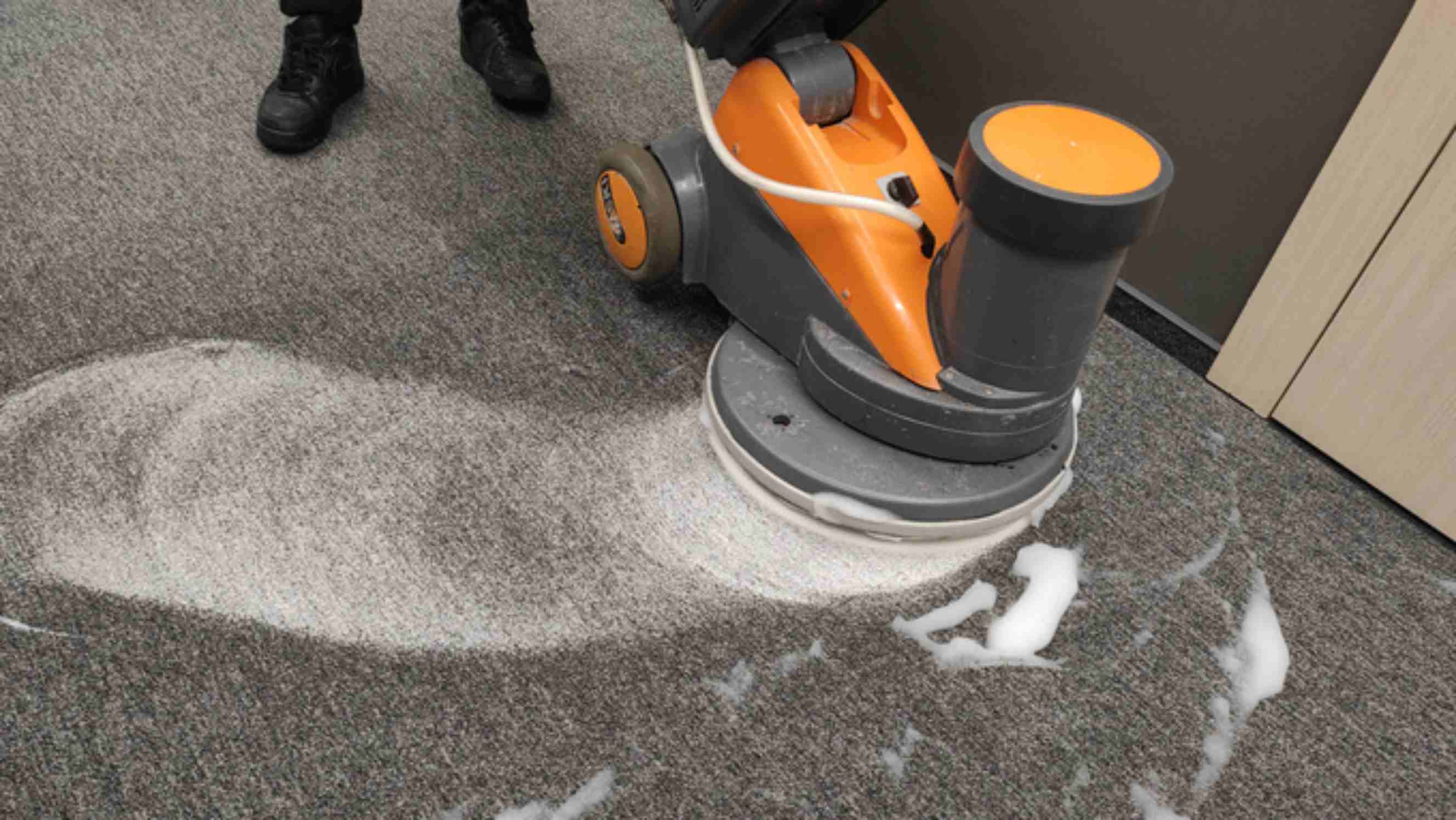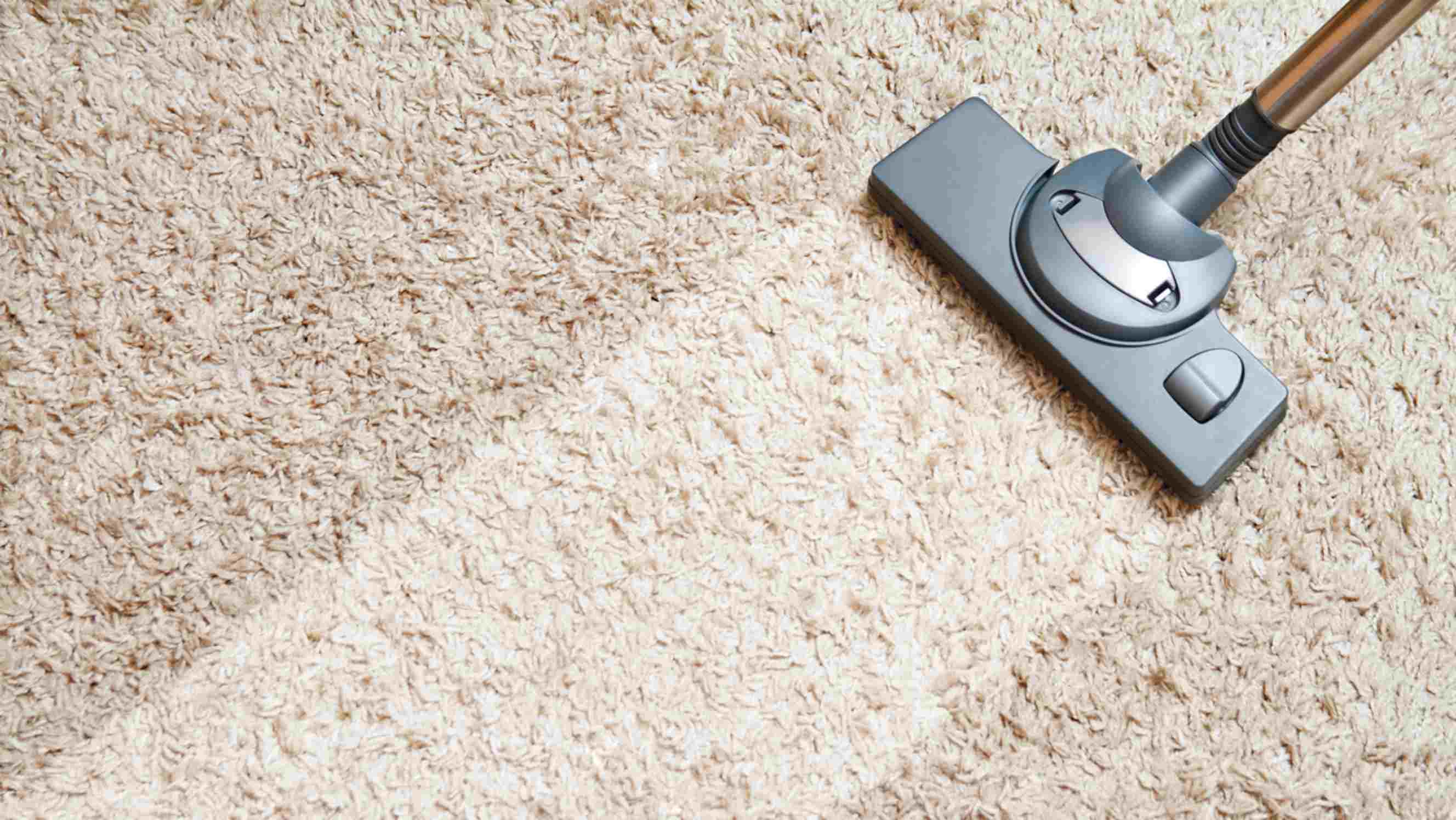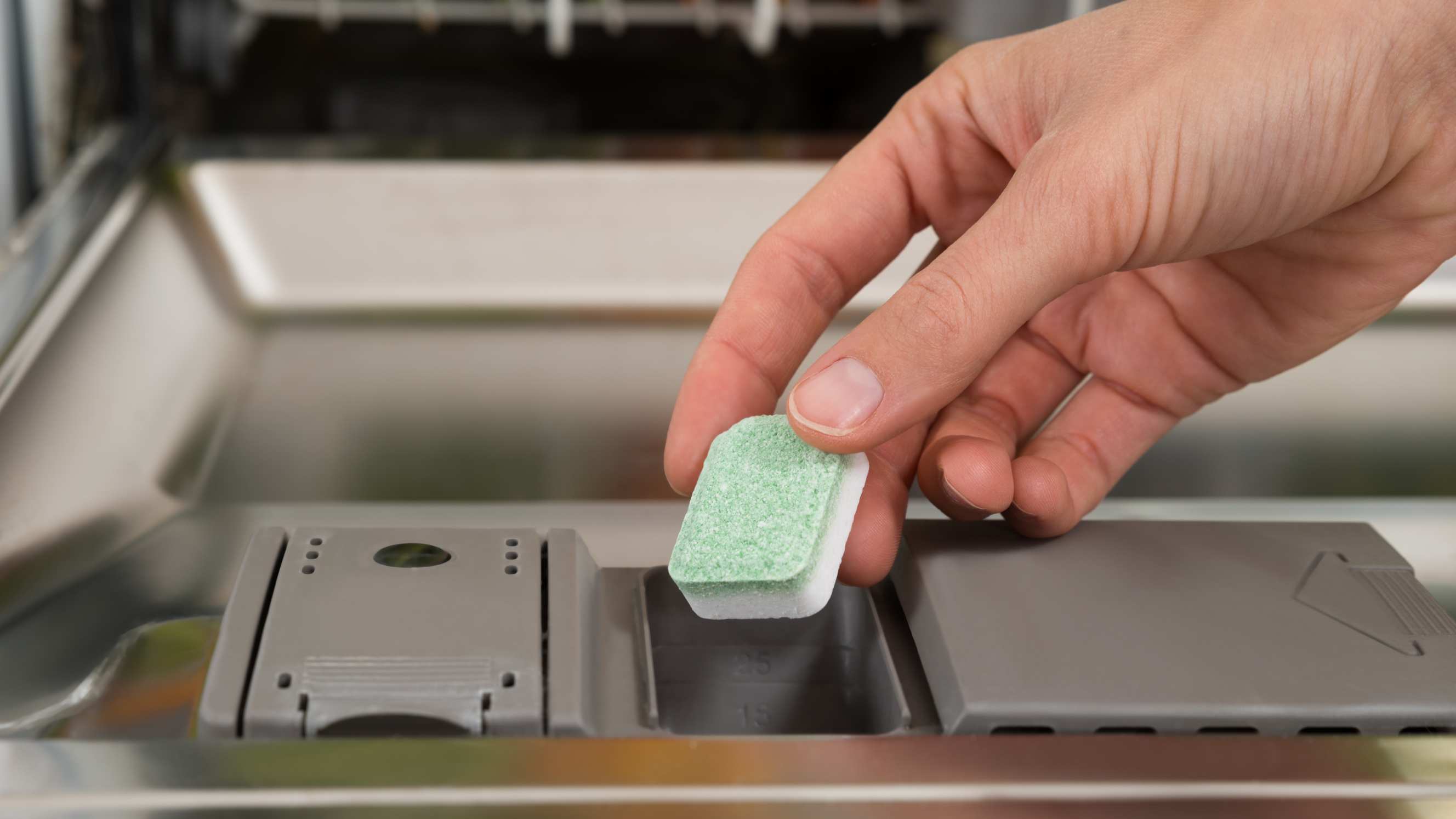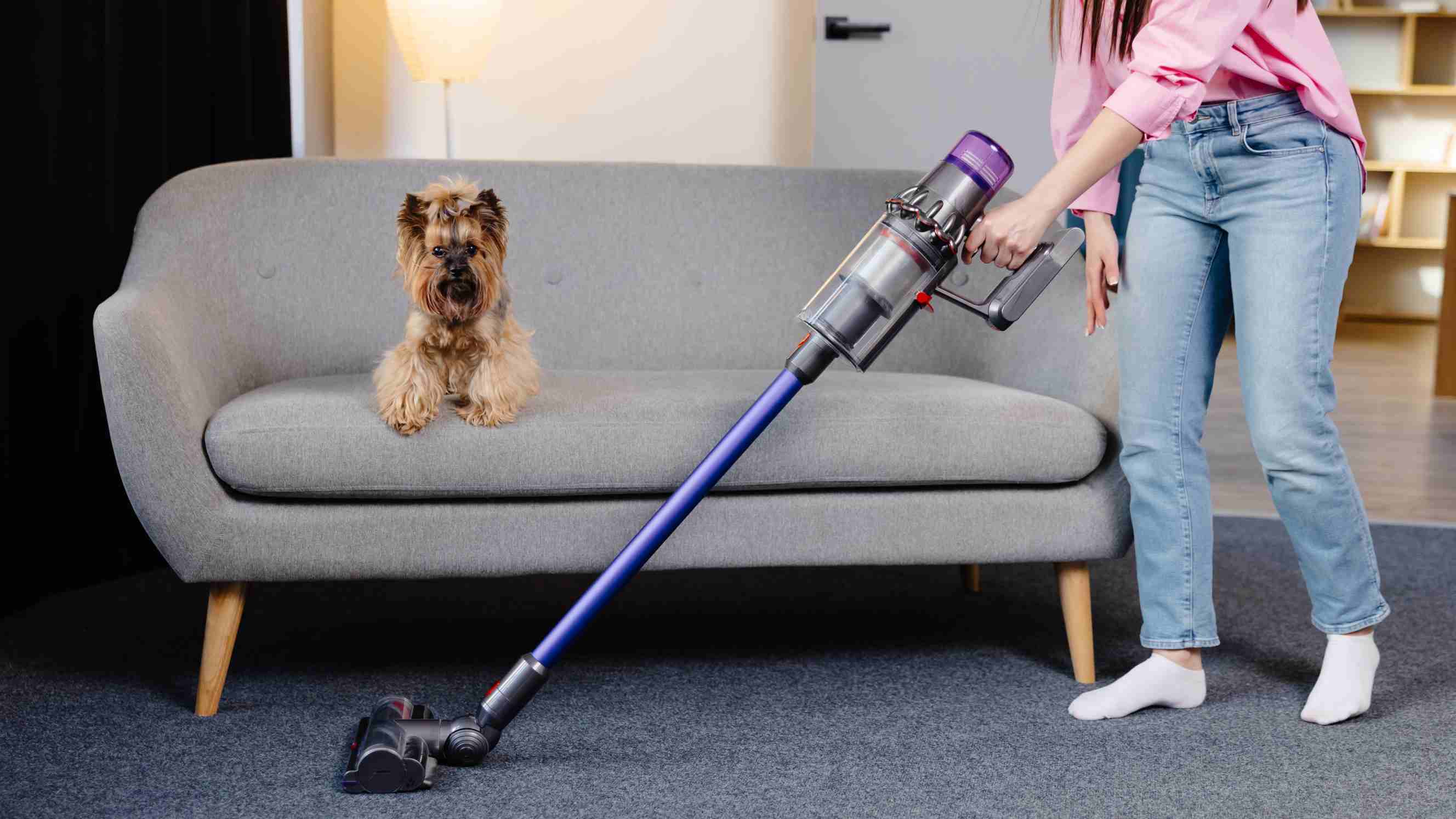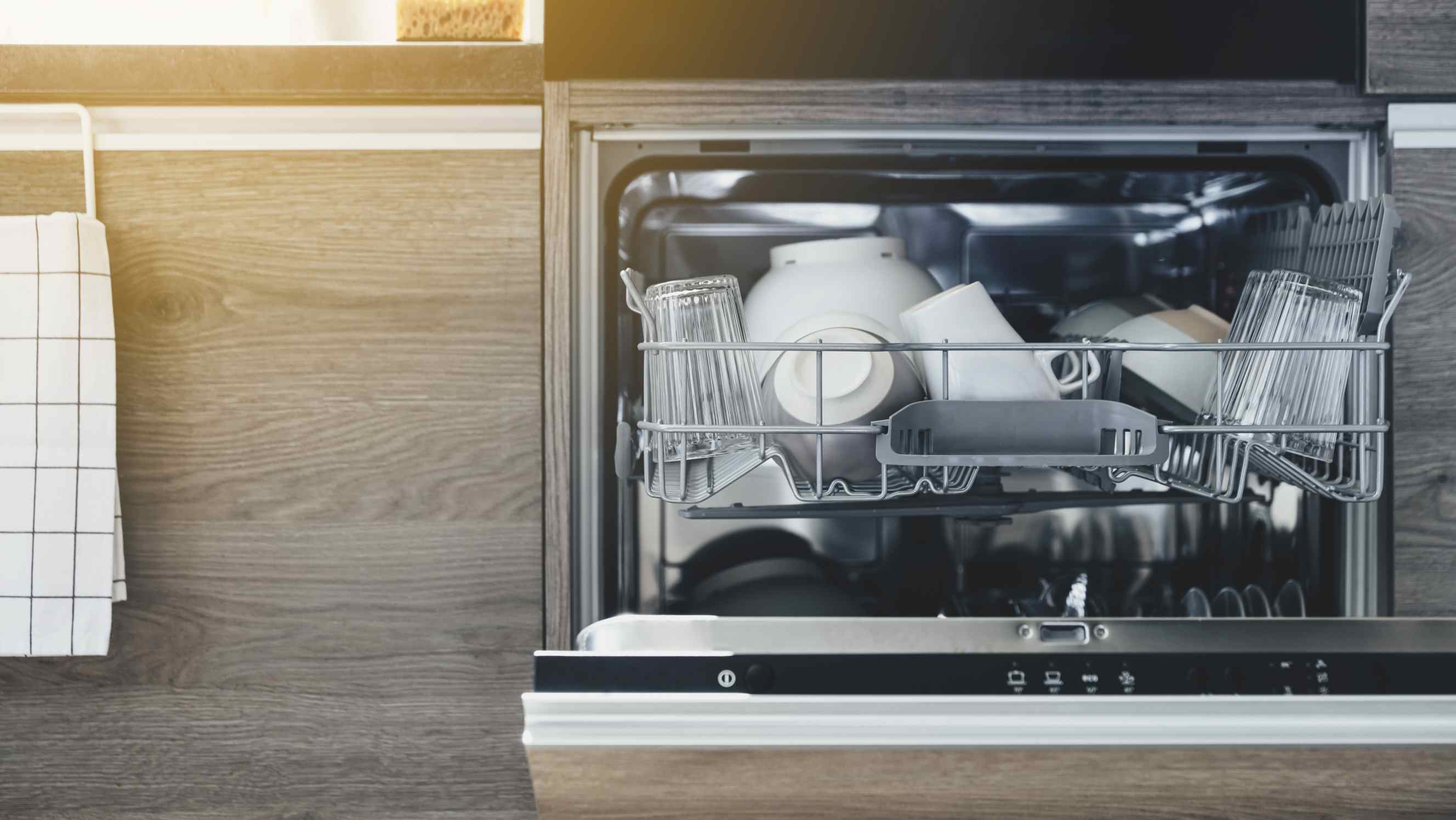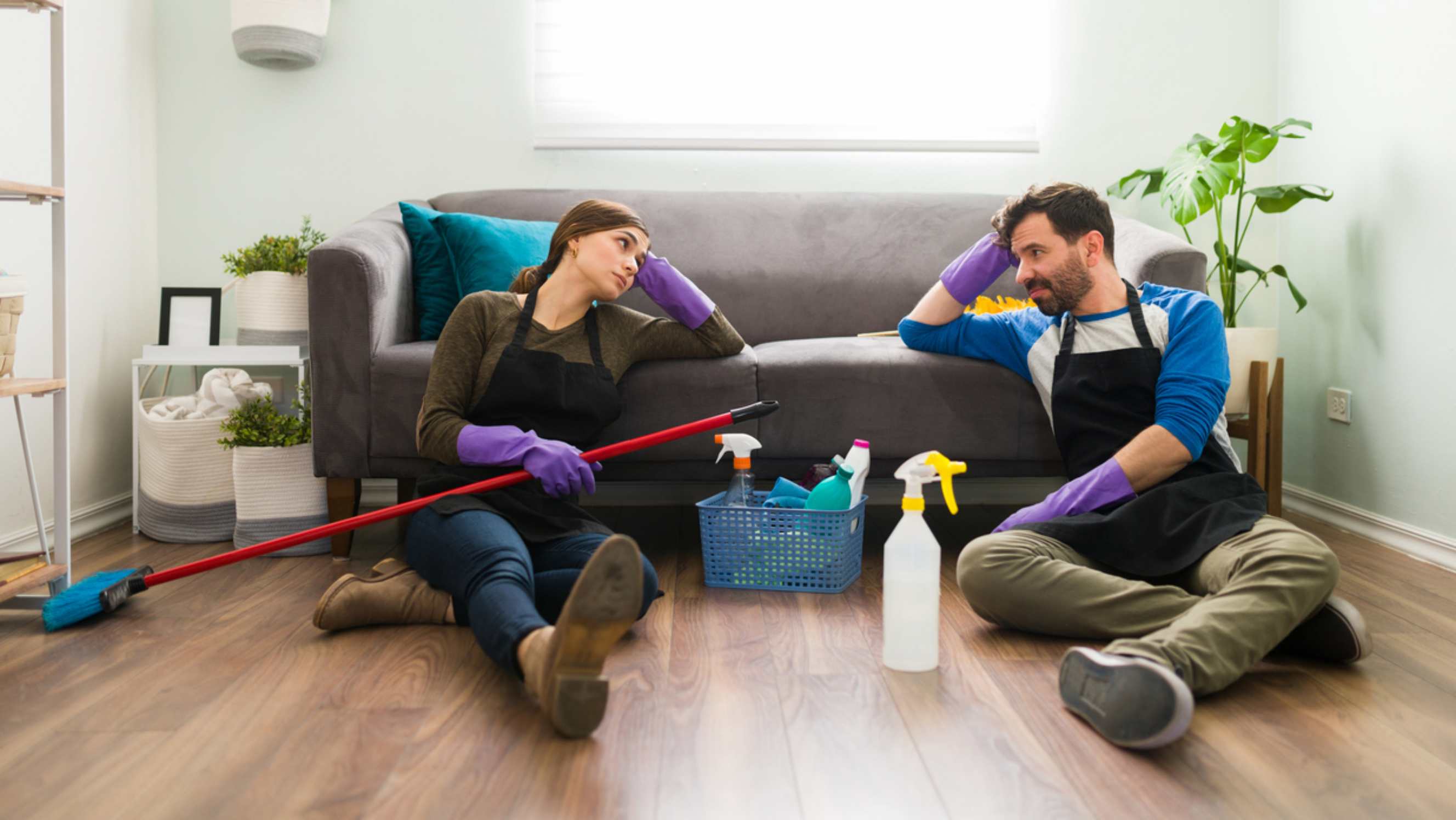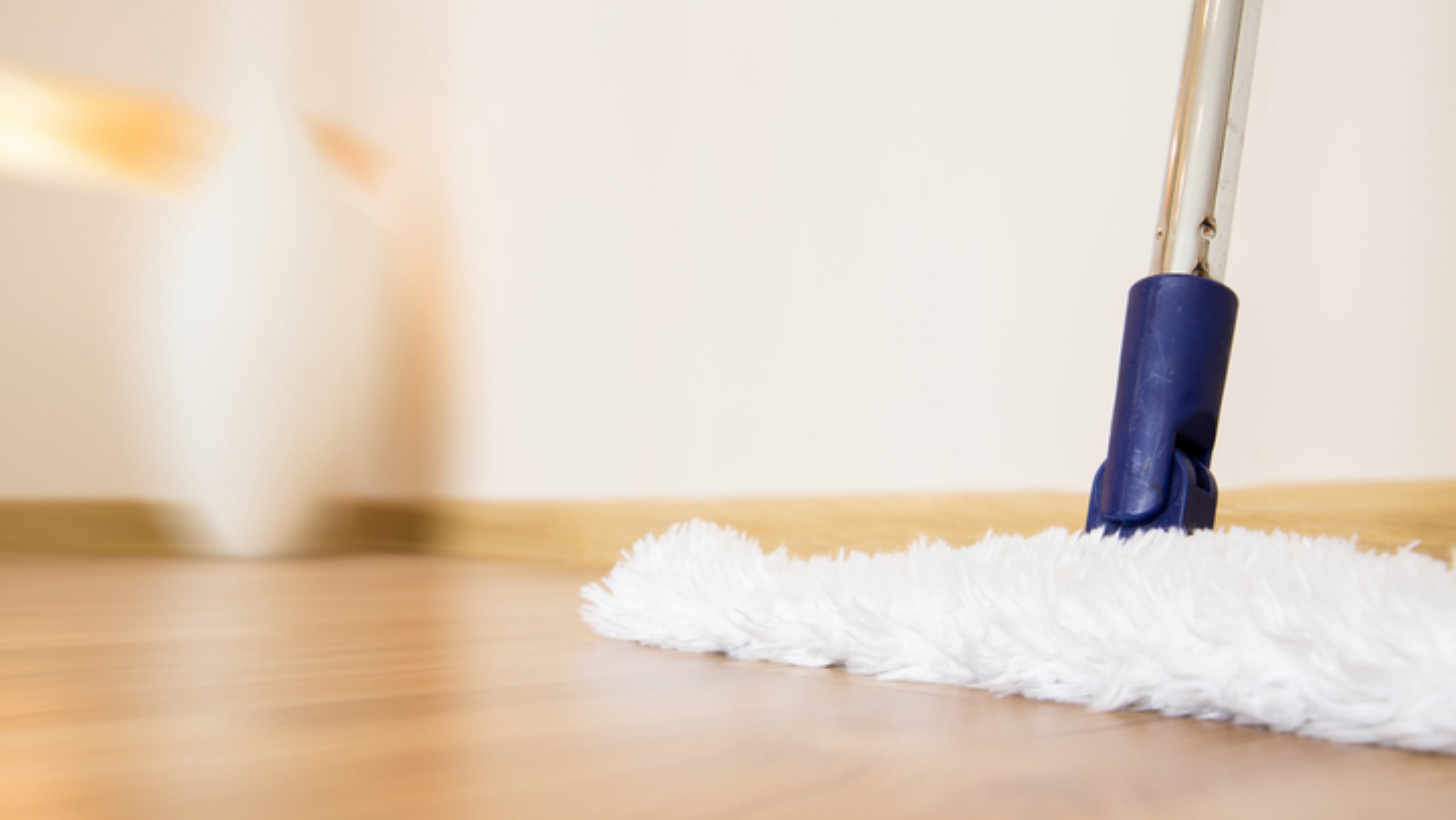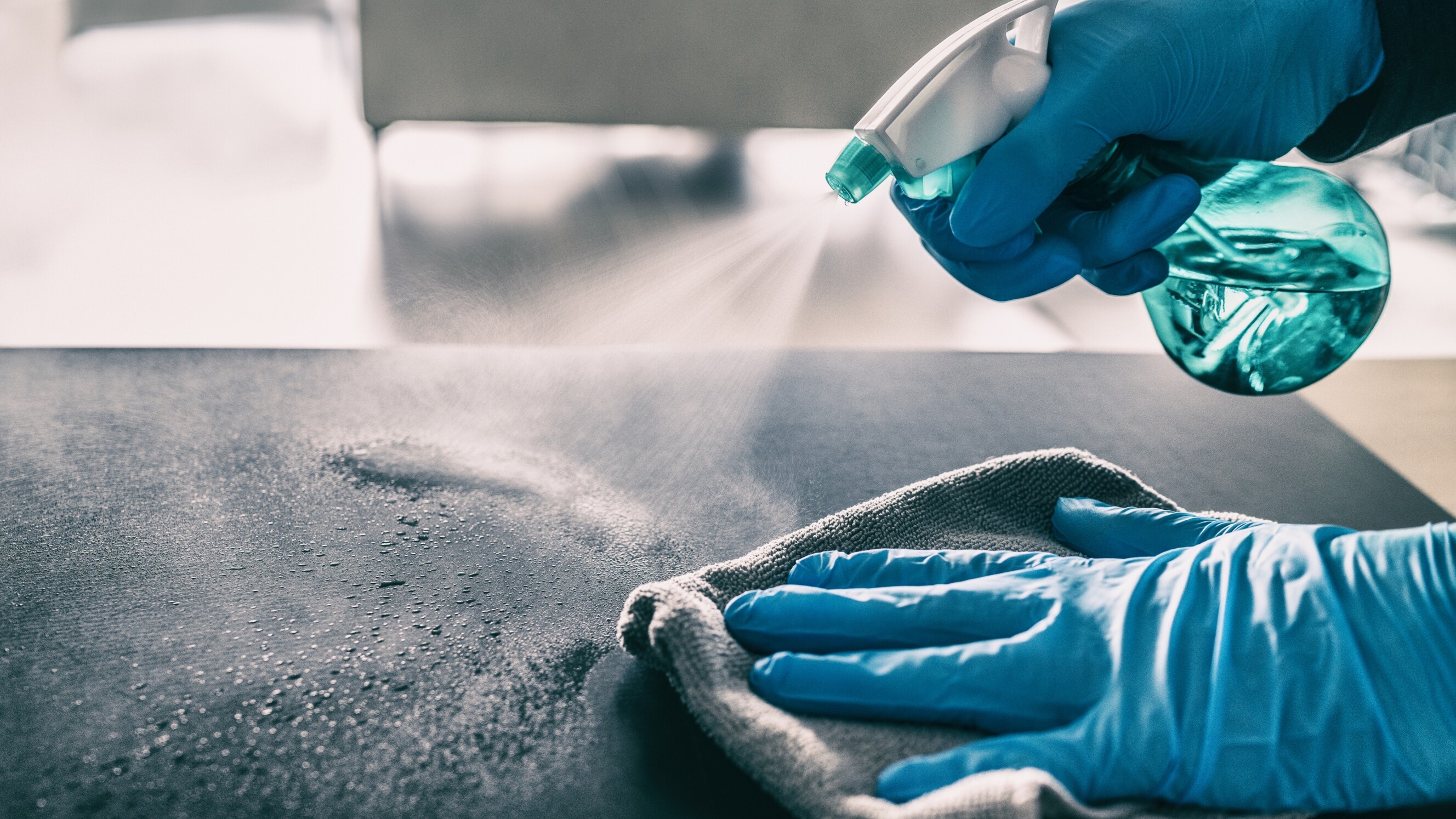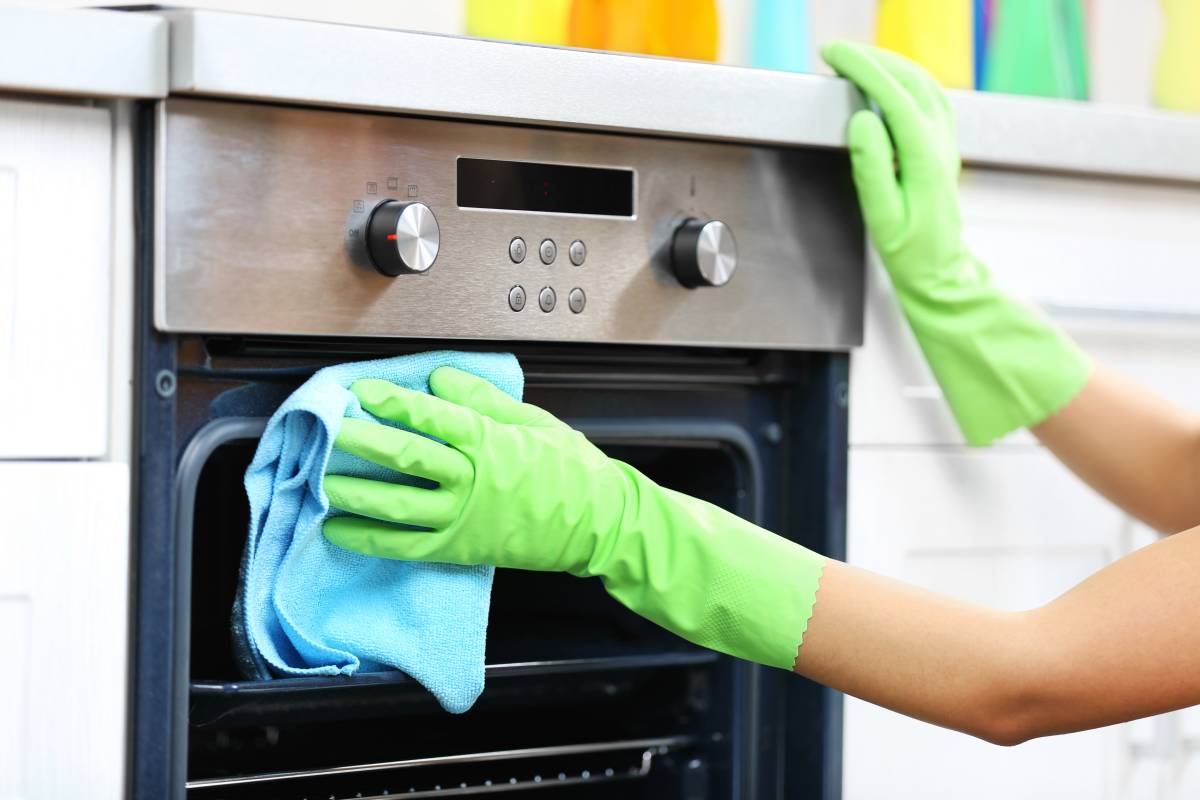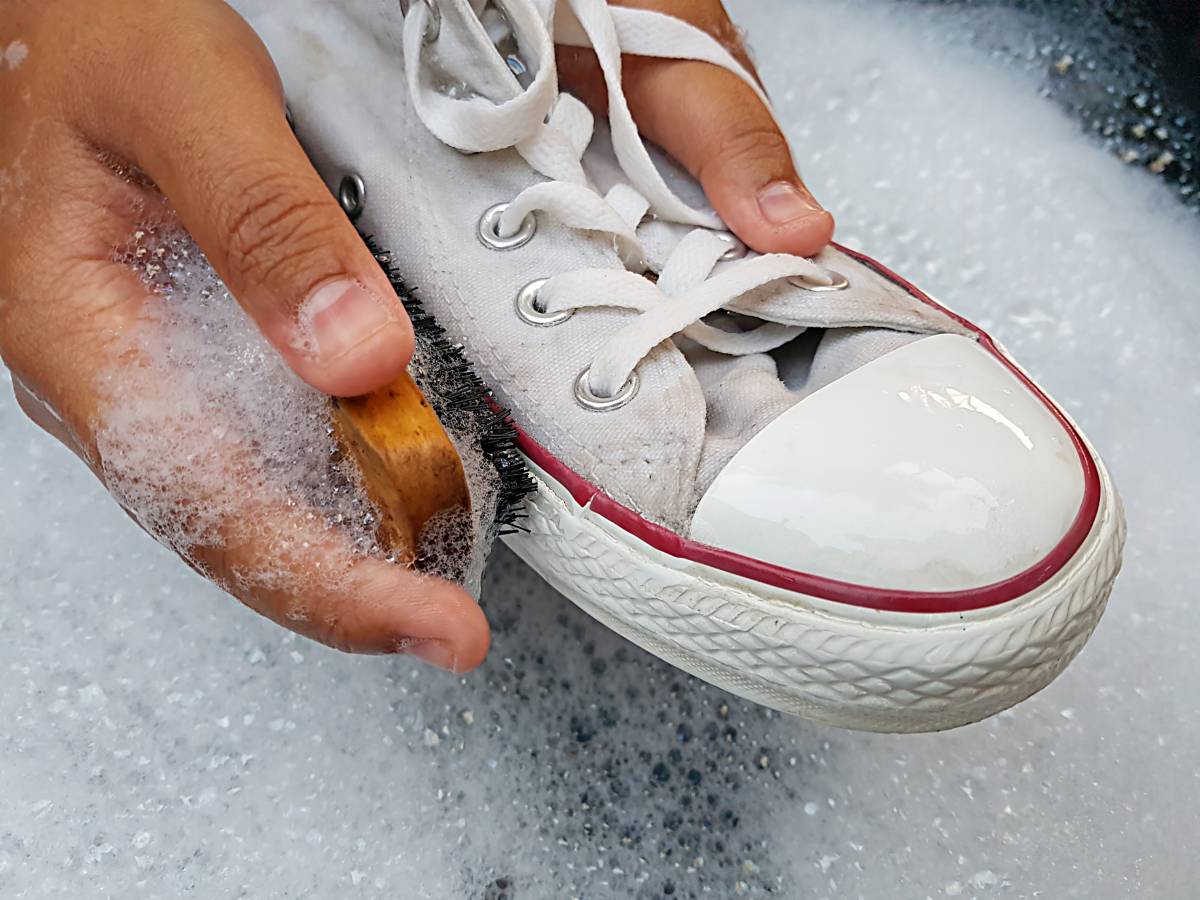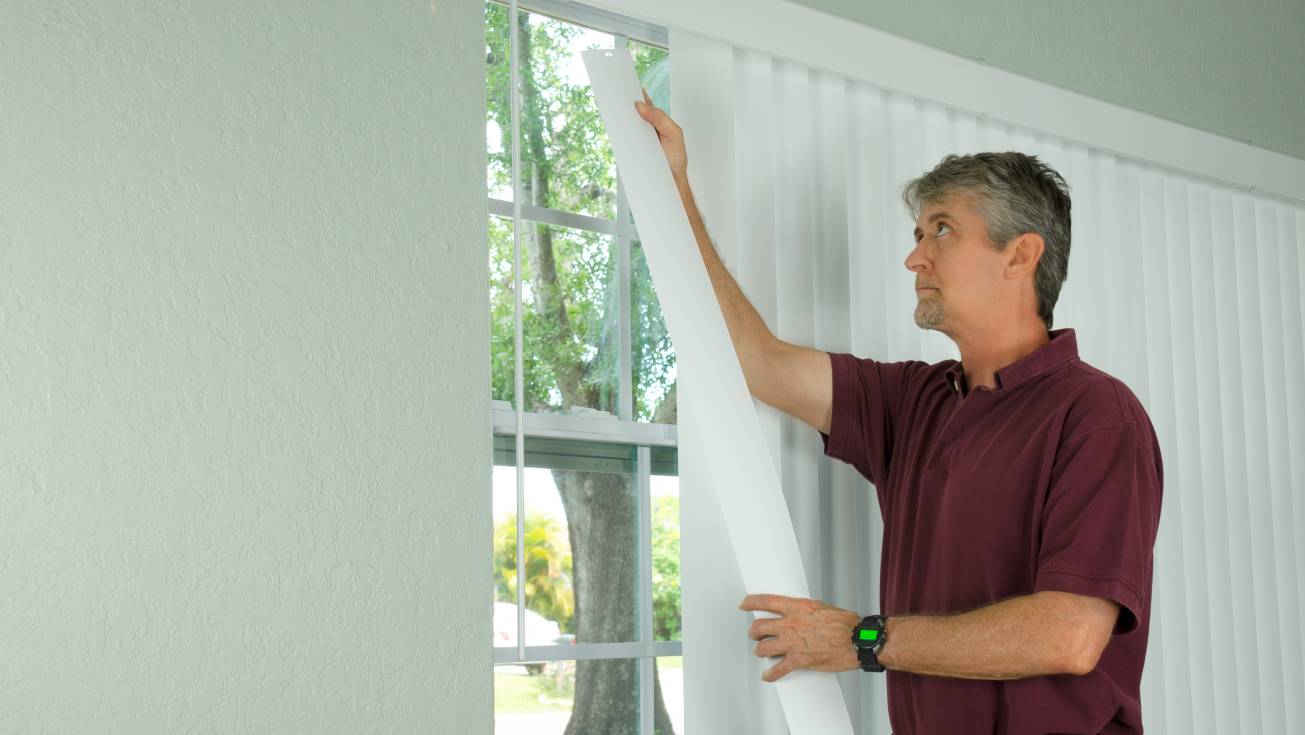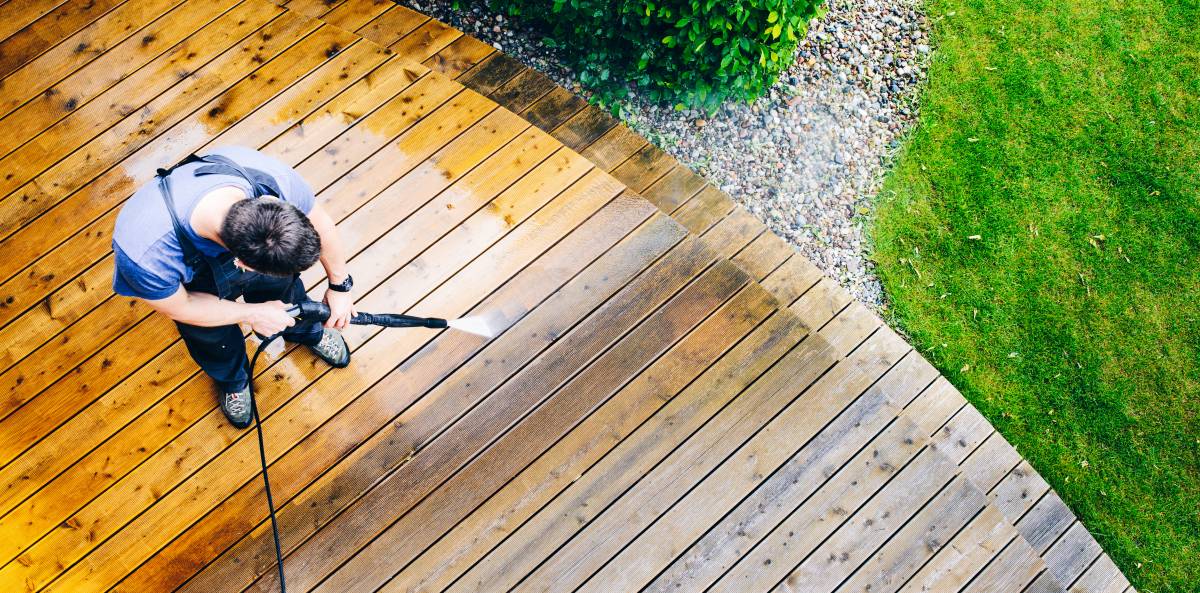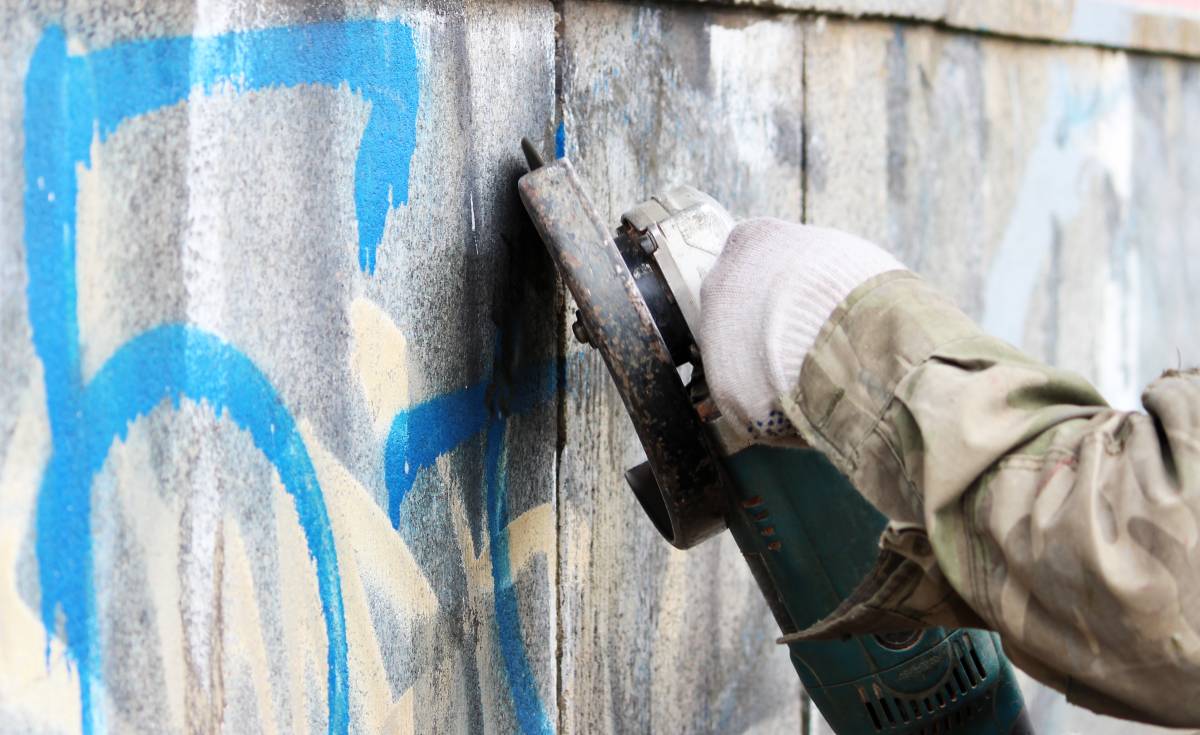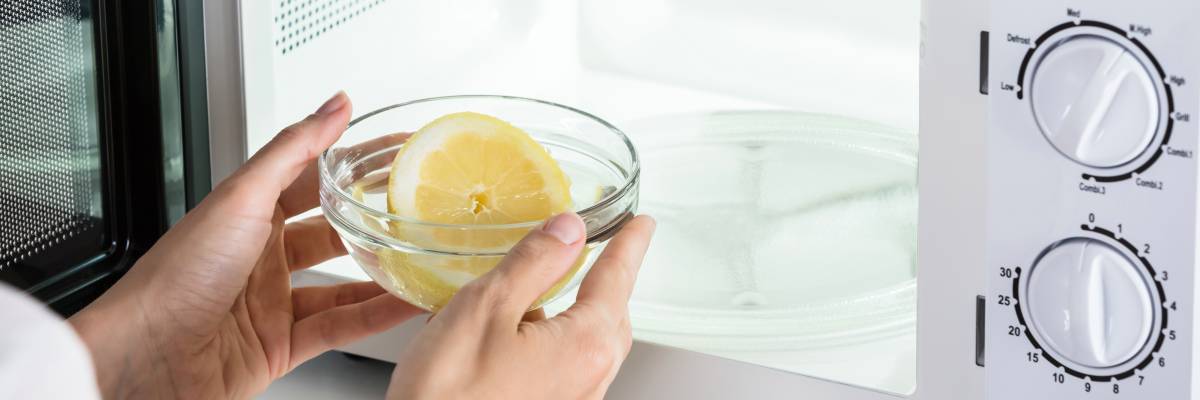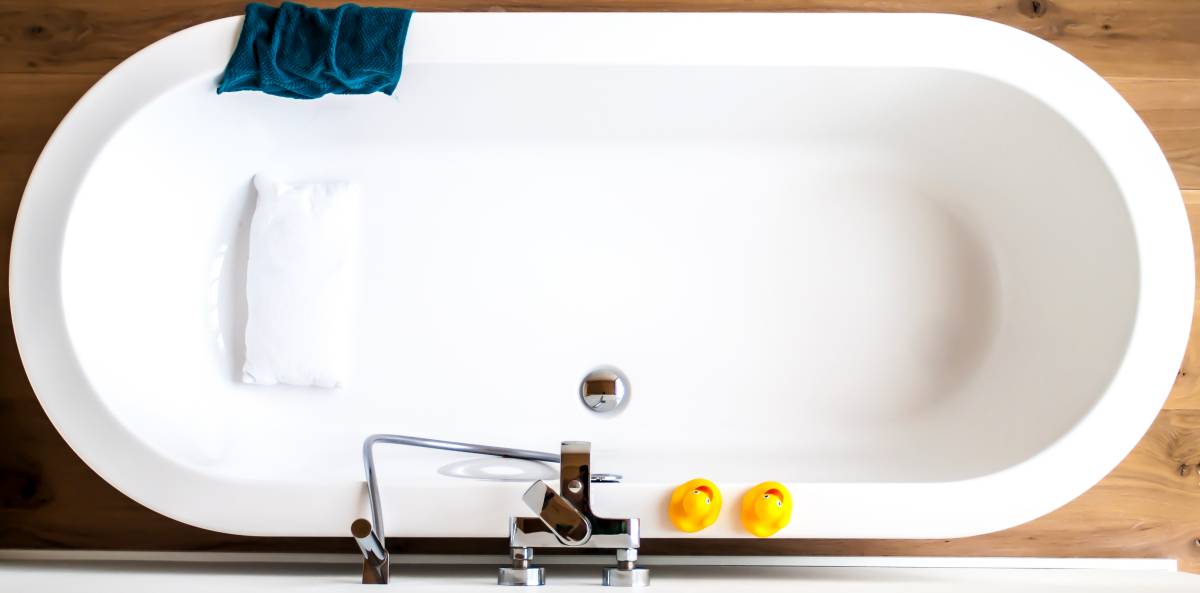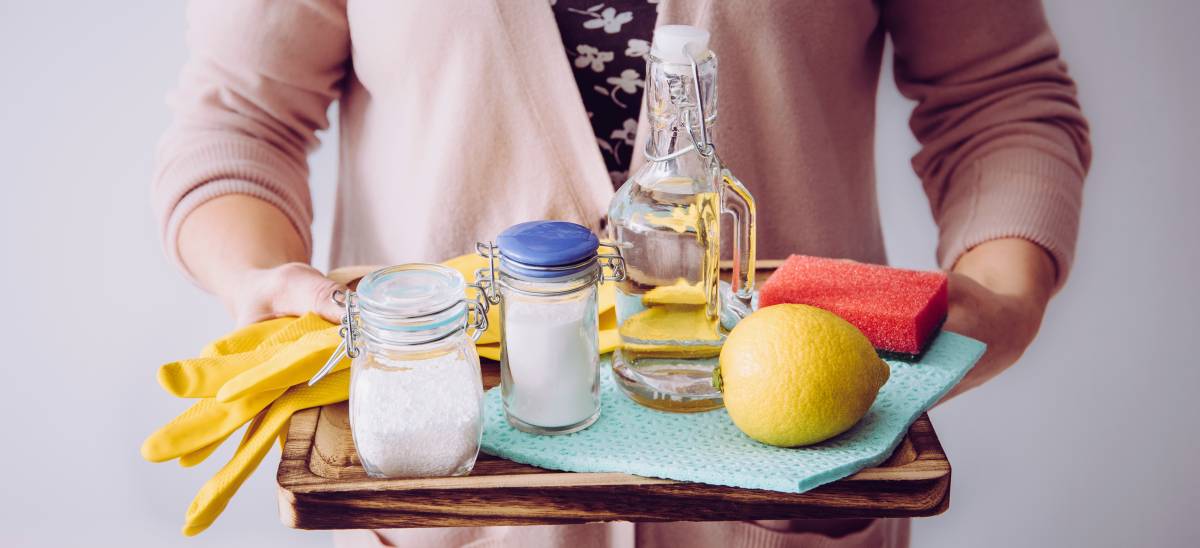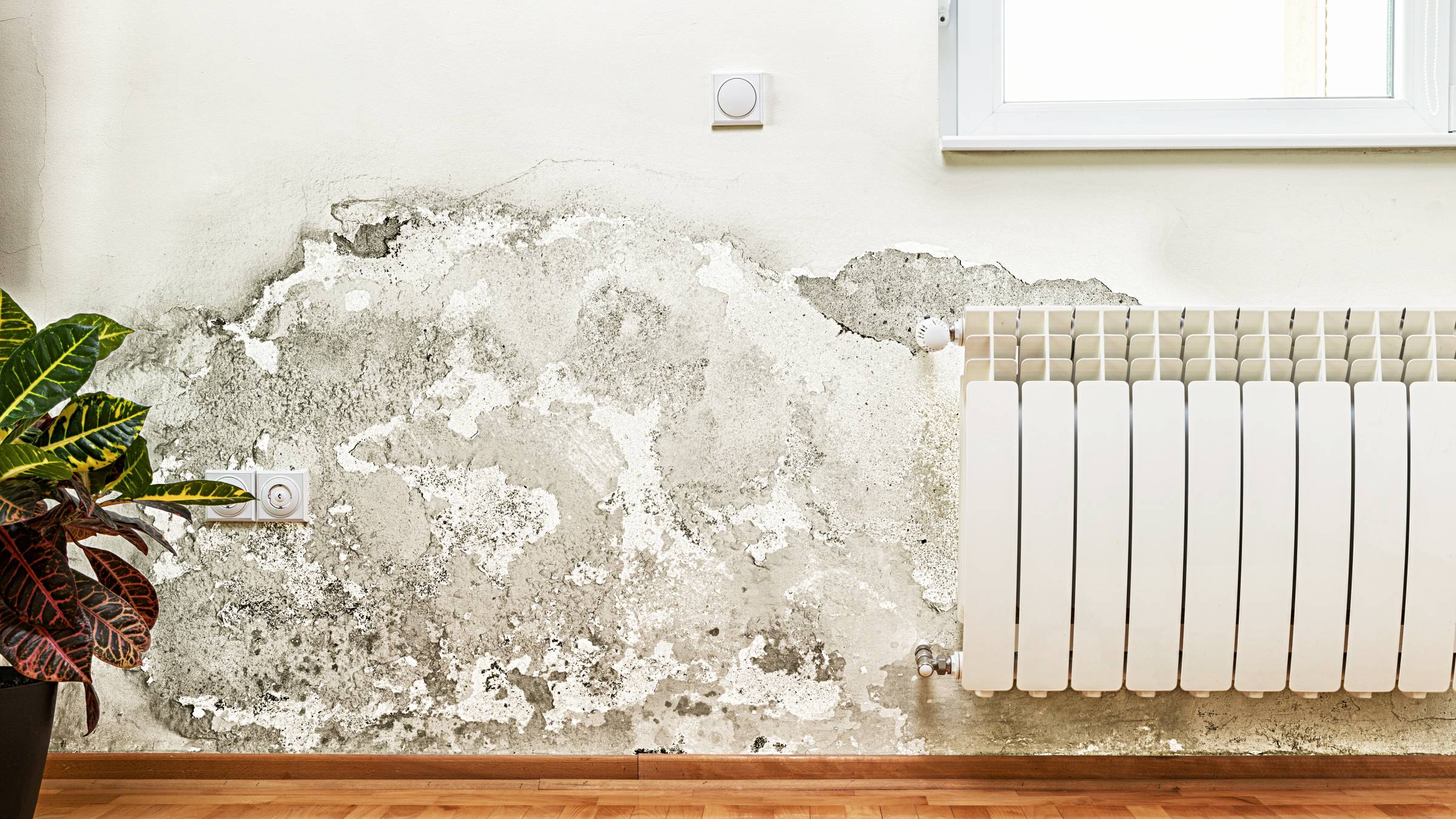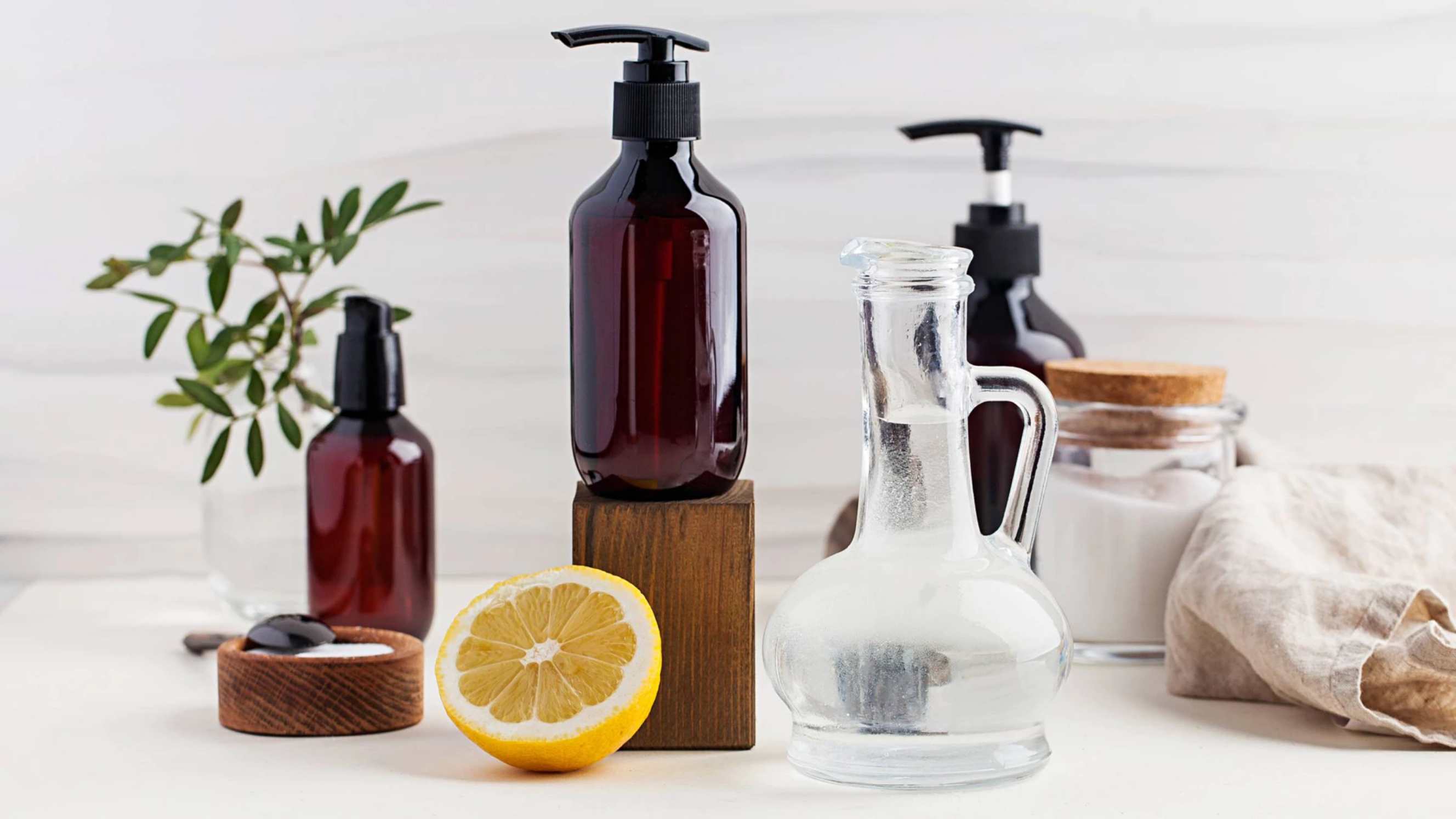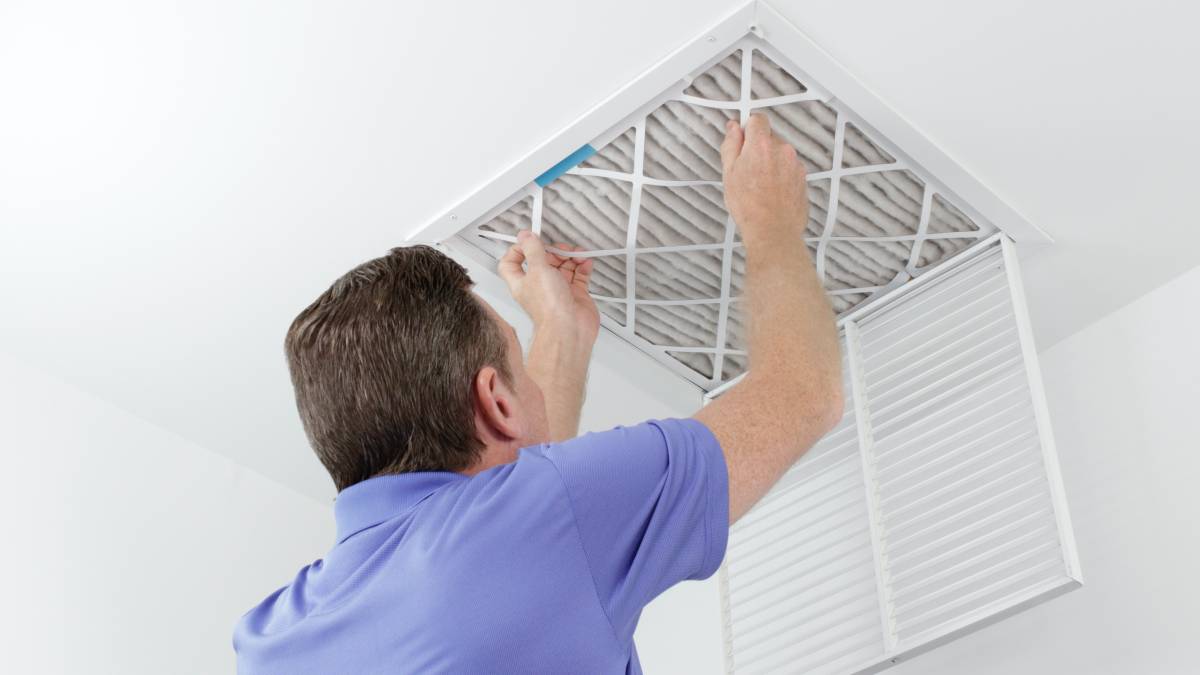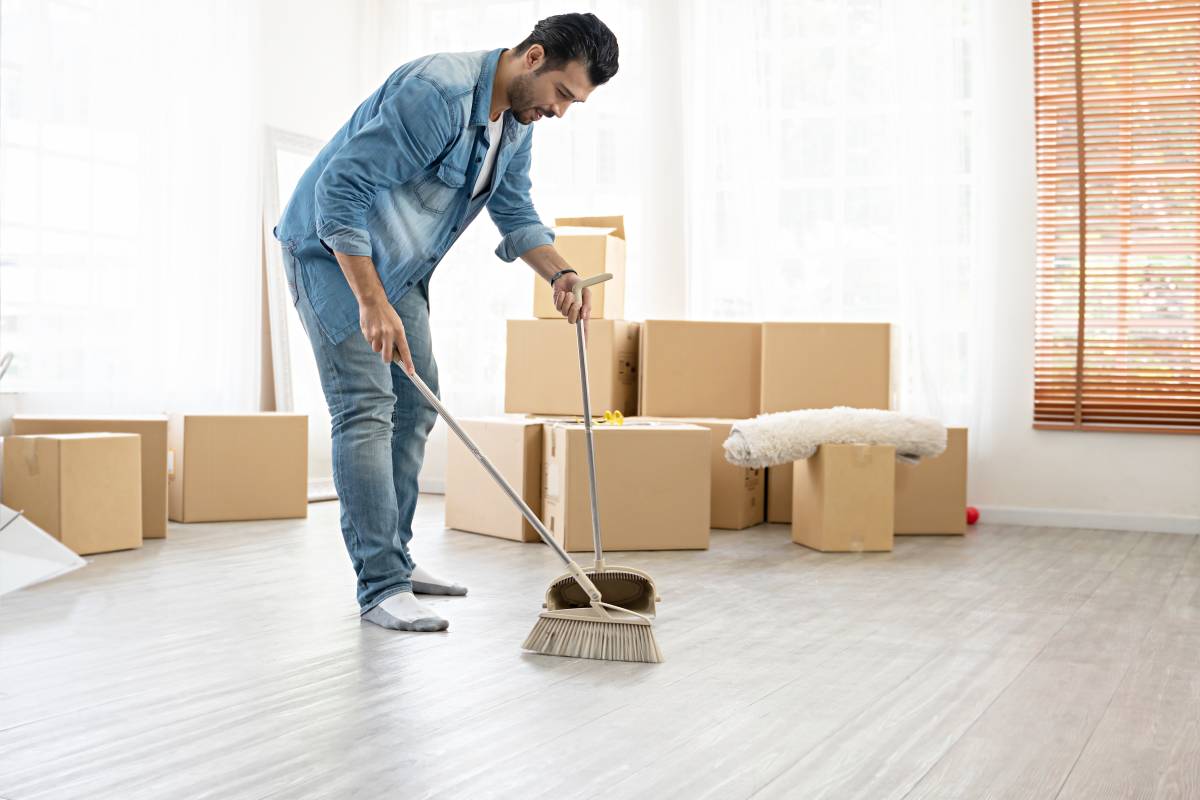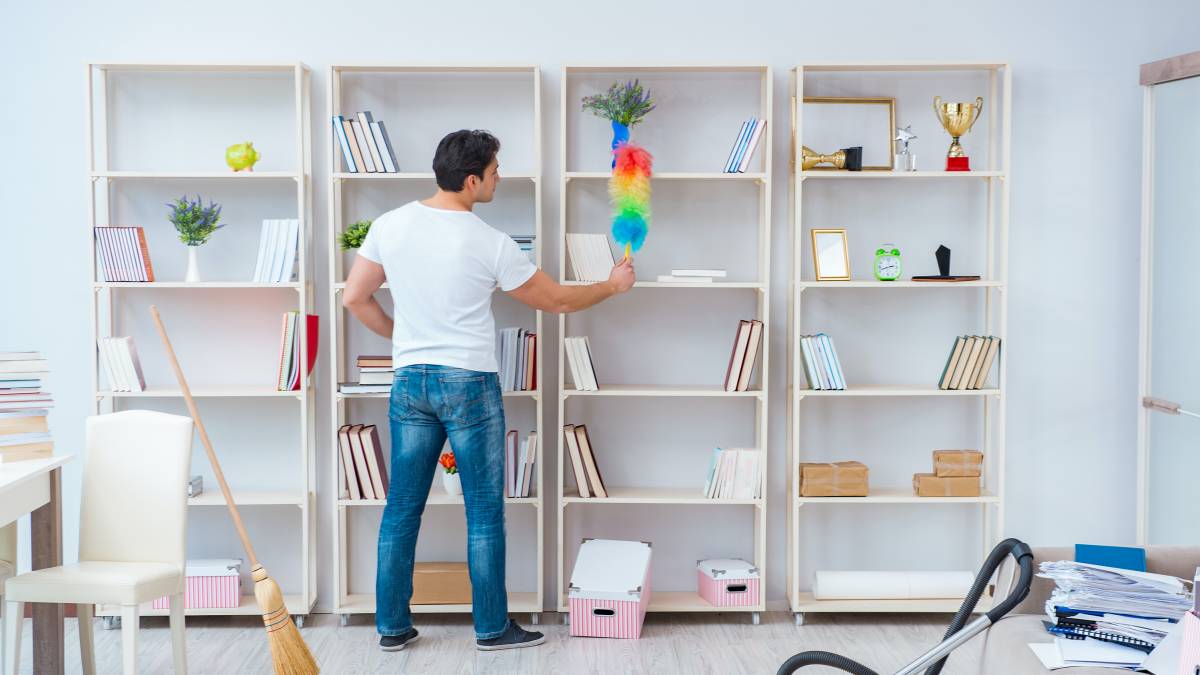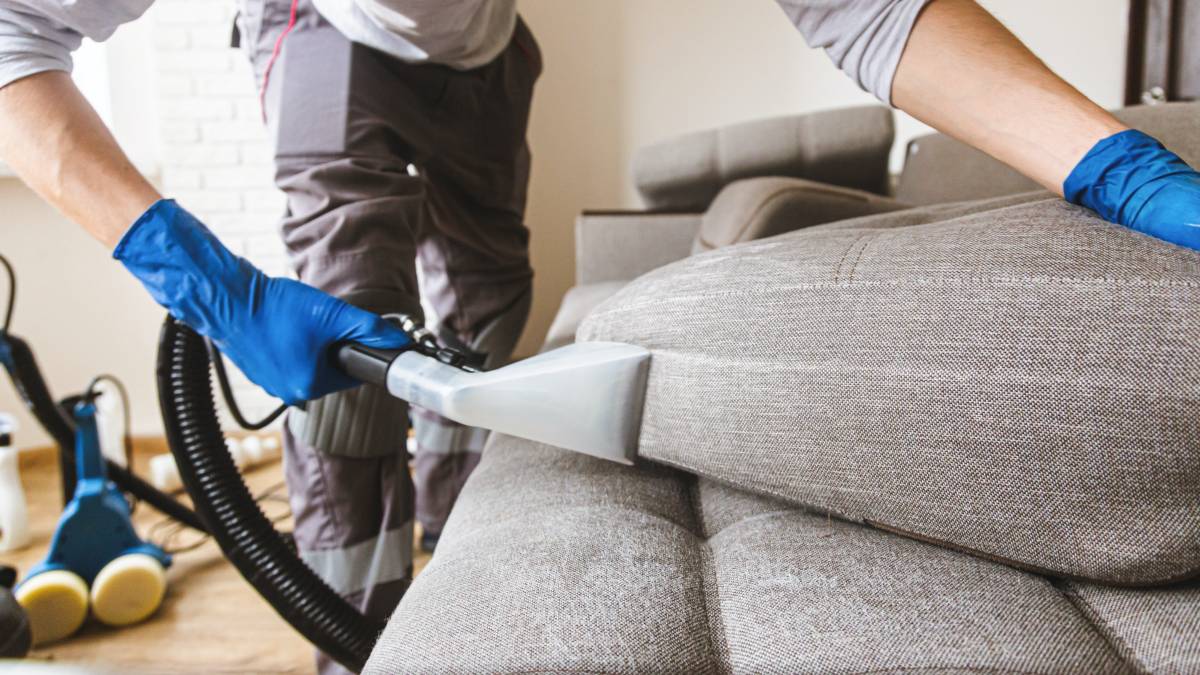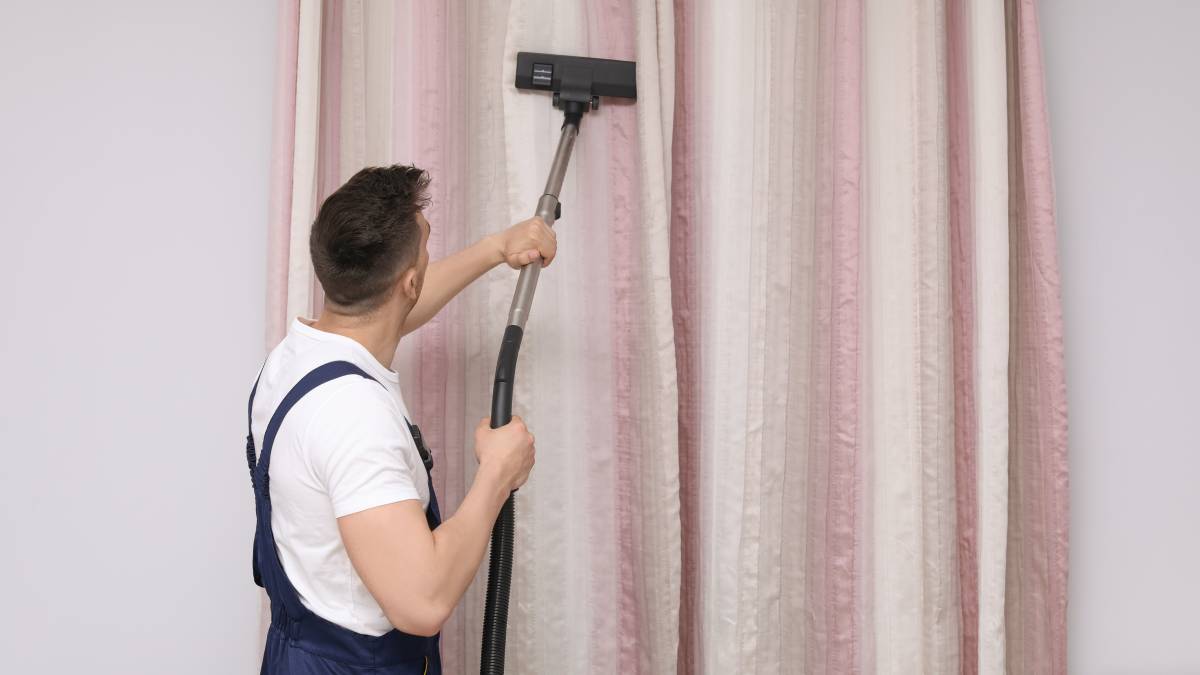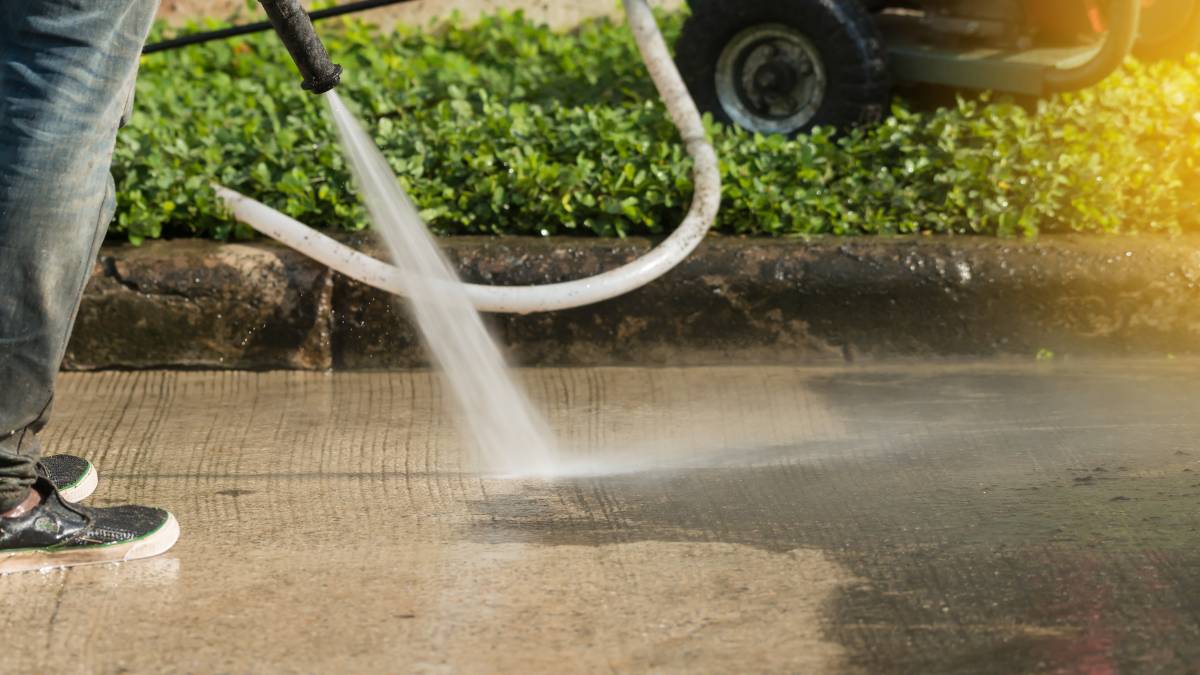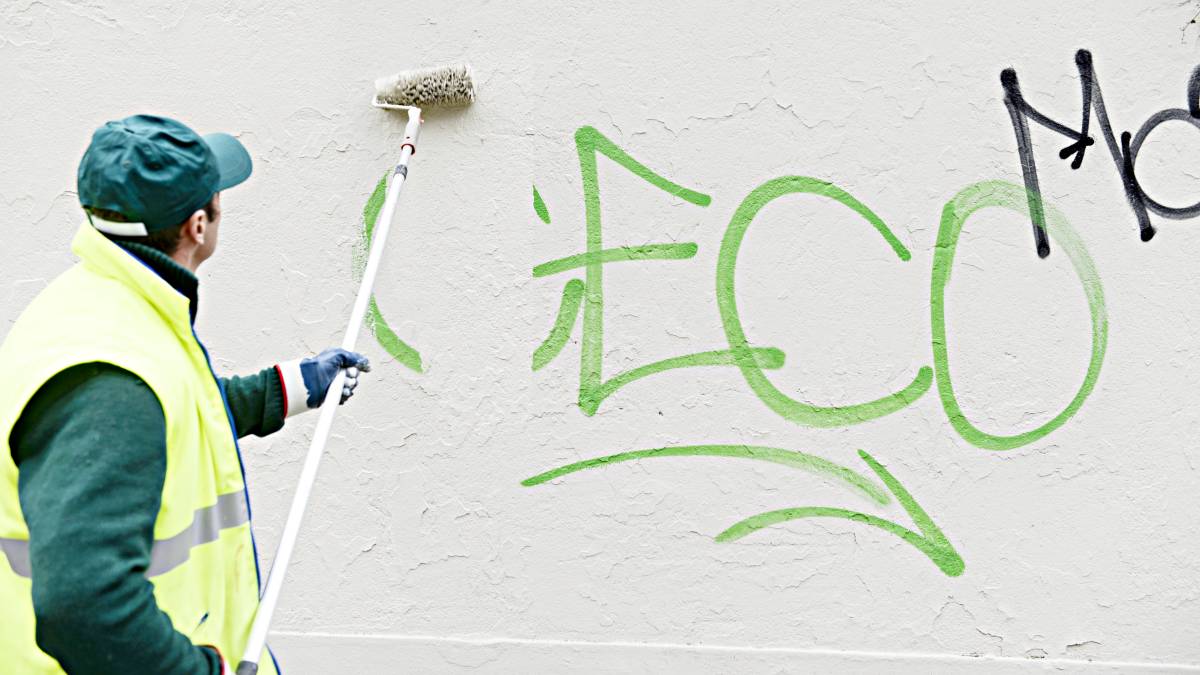- Home/
- Comparisons/
- Cleaning/
- Damp vs Mould
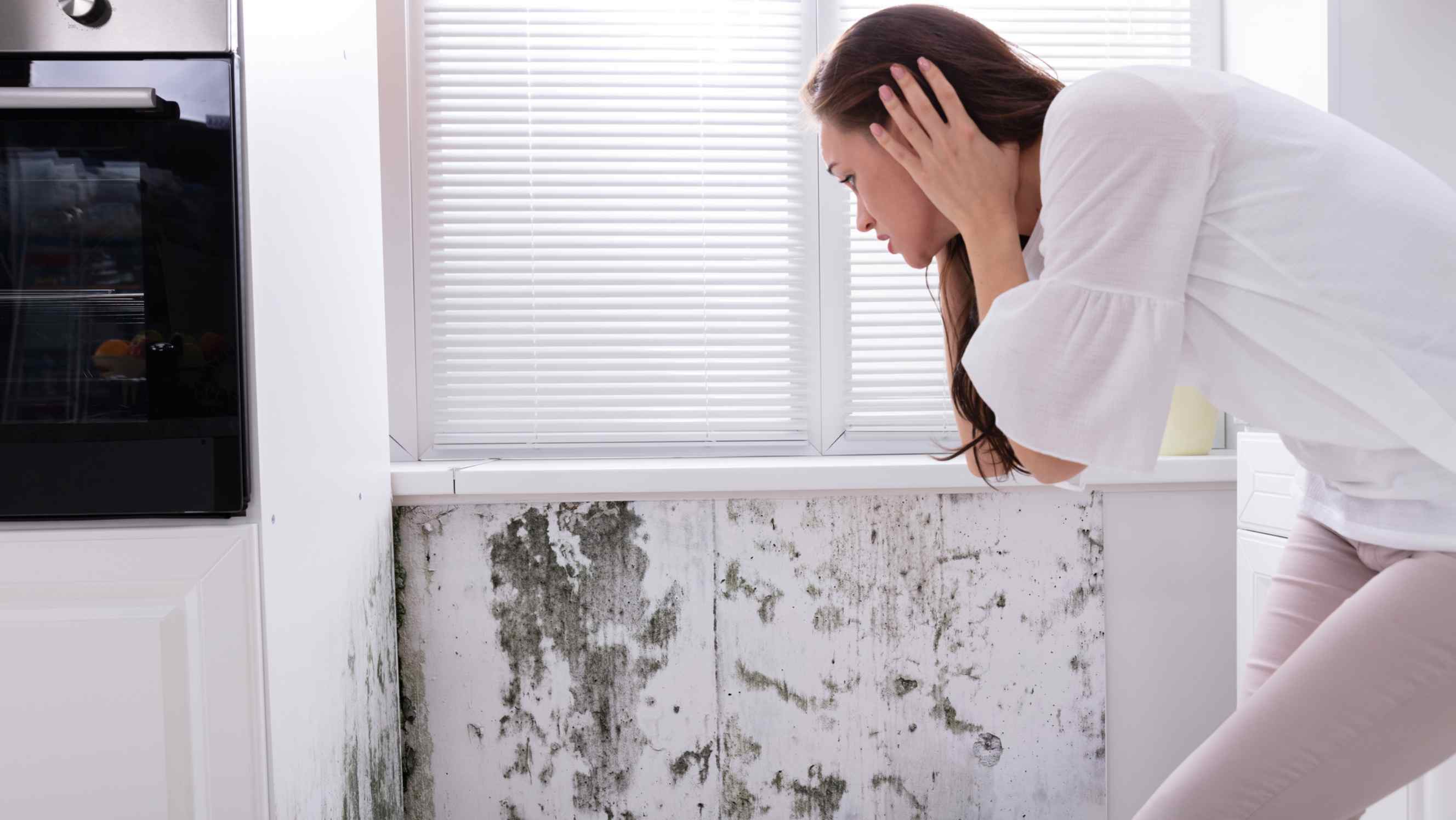
Damp vs mould: How do they differ from each other?
Comparing damp and mould based on their smell and appearance, causes, health risks, and more.
Hire a cleaning expertLast Updated on
Key Facts
- Mould is a fungus that grows and thrives in humid areas. It can spread on walls, floors, and other wet surfaces, causing structural damage in homes and posing various health risks.
- Damp occurs when moisture accumulates on surfaces due to poor ventilation and insulation. If left untreated, it manifests as discoloured patches that might lead to mould and bacteria growth.
Have you recently noticed some dark and wet spots appearing on the wall? It could be a sign of dampness and mould infestation. You’ll have to eliminate them as they may cause permanent structural damage and health risks.
Learn how to tackle these issues in this damp vs mould guide and know the treatments and preventive measures you may apply to maintain a safe and clean home.
What is mould? 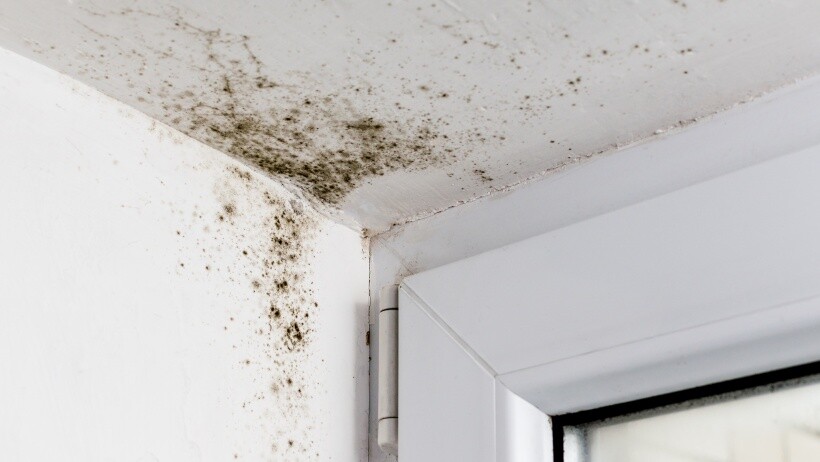
Mould is a type of fungus that grows in areas with high humidity. It appears in a wide range of colours, but the most common indoor mould is blackish green with a fuzzy and slimy texture and rotten smell.
If left untreated, mould spores continue to spread, and they may destroy your furniture, walls, and floors. Mould can also pose various health risks, especially respiratory problems and allergic reactions.
There are many types of mould on walls, floors, and other surfaces, including:
Allergenic moulds
These are common household moulds found in damp areas such as wet carpets, wood surfaces, showers, and under-sinks. They quickly spread and cause mild allergic reactions and lung issues.
Toxigenic moulds
These are the most dangerous and can cause various health risks, such as skin and nail infections. They typically grow in contaminated humidifiers and window sealants.
Pathogenic moulds
These are moulds that can cause infections and diseases. The most common pathogenic mould is Aspergillus, which is also an allergenic mould. However, some other Aspergillus mould species are pathogenic and can cause infections and lung diseases.
What is damp?
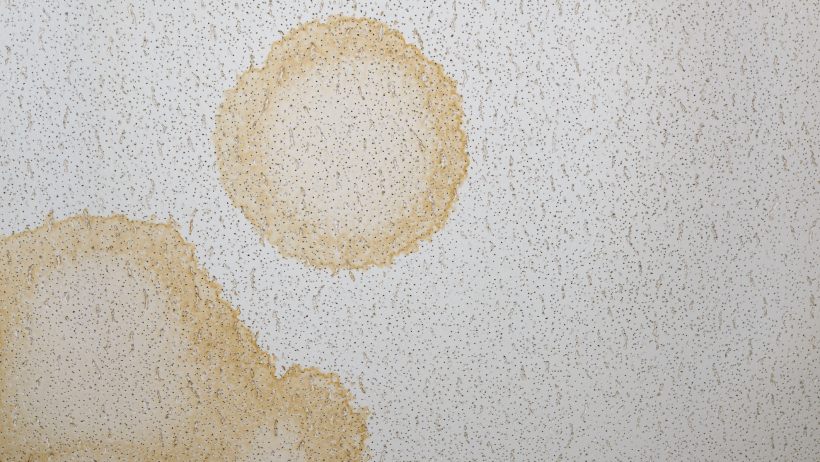
Damp is the result of accumulated moisture trapped on surfaces. This can happen when houses lack ventilation and insulation, causing the moist air to condense and build up on cold surfaces. Some visible signs of dampness at home include discoloured patches on walls and windows, peeling wallpaper or paint, and rotting skirting boards.
Other factors, such as roof leaks and routine tasks such as cooking and showering, can also cause dampness. It’s vital not to leave damp areas at home untreated because mould and bacteria can grow.
Mould vs damp: What are their key differences?
Since mould grows in damp areas, you probably think, is damp and mould the same thing? No, because these are two different issues with specific causes, health risks, and solutions. Keep on reading to find out more about their differences.
In terms of smell and appearance
Like mildew, mould has a distinct earthy, musty smell because it emits microbial volatile organic compounds (MVOCs) as it spreads. However, when comparing mould vs mildew, the latter has a more overpowering pungent smell that can make you easily gag!
As for appearance, indoor mould growth looks black or green. Other mould types may appear brightly yellow, brown, white, purple, and even pink! You don’t have to be worried about the colour because it doesn’t indicate how toxic a mould is. It’s normal for mould to change colour depending on its surrounding environment.
Meanwhile, dampness has a similar distinctly musty smell, but it’s not as strong as mould. It also has a brownish or slightly yellow colour, appearing as a wet patch on walls after rain.
In terms of causes
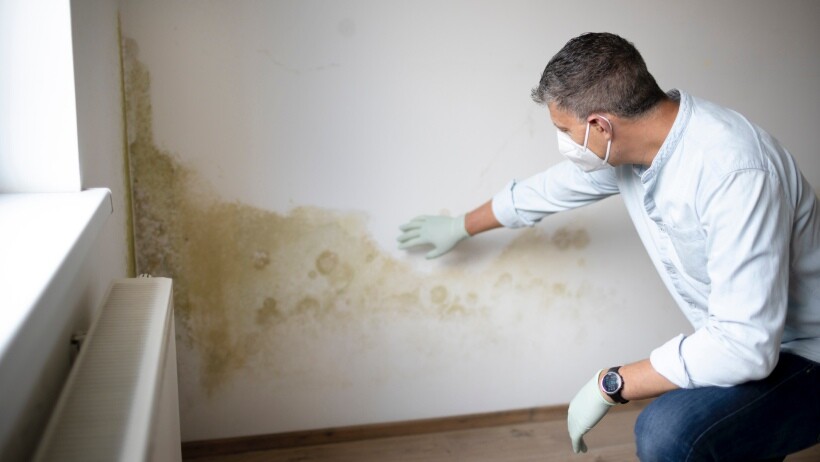
What causes mould on walls? Excessive moisture and lack of ventilation. Kitchens and bathrooms are some areas in the house that exhibit this kind of environment. Steam from cooking and showering causes the most air to build up on cold surfaces, creating a perfect breeding ground for mould growth.
Mould growth can also appear on paper, wood, and carpets because these are organic materials that mould spores feed into, and when these materials become wet and moist, mould forms and thrive.
It’s the same for dampness, but the root cause of damp spots is the moisture that has penetrated the walls and floors due to poor building structure and lack of insulation. This is highly likely to happen after a series of rainfalls and snowstorms.
You may also encounter a condition known as a rising damp. It occurs when groundwater seeps through and travels up the walls, causing the timber to rot. Signs of rising damp include peeling paint and bubbling wallpaper on walls.
In terms of health risks
Since mould forms from damp areas, both can increase health risks and cause allergic reactions. Mould produces spores that contain allergens, irritants, and even toxic substances. Inhaling these spores can make you cough and sneeze, and you’ll have difficulty breathing. You should also avoid touching mould spores because the spores can cause skin rashes and trigger eczema.
Prolonged exposure to dampness and mould can even be more dangerous for babies and people with a weakened immune system. If they accidentally inhale mould spores, they may experience severe respiratory and airway infections.
Aside from affecting your physical health, living in a damp and mouldy place can also significantly impact your mental health. With these unpleasant living conditions, you’ll most likely feel more stressed, anxious, and depressed.
In terms of treatment
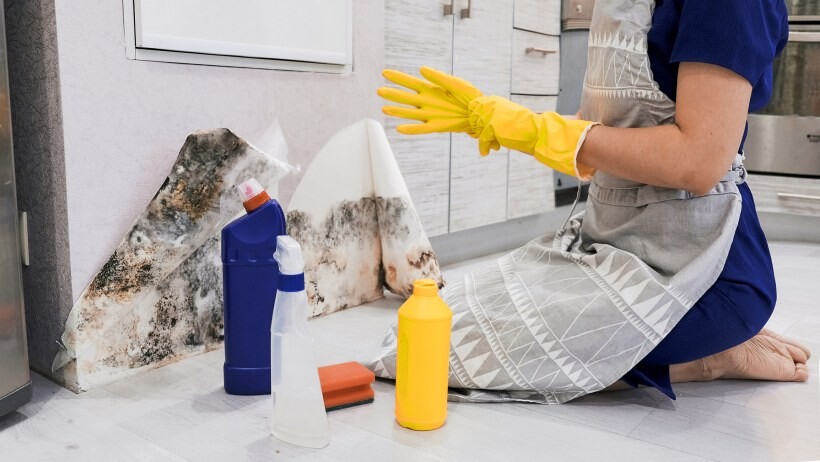
So, how to clean dampness from walls? Finding and eliminating the source is the first step. Start inspecting the roof and gutters because these areas are likely to leak. Consider hiring expert local roofers to help you quickly find the source of leaks.
You should also be concerned about penetrating dampness. It happens when the moisture from the exterior wall moves into the interior, causing the wooden panels in the walls to rot. Some treatments for penetrating damp include adding a Damp-Proof Course (DPC) or injecting a specialised damp-proof cream into walls. These serve as extra barriers that can help protect the walls from moisture and water damage.
On the other hand, treating mould involves removing the spores with potent cleaning agents like bleach and white vinegar. You can do this yourself, but wear protective gloves and a mask to avoid inhaling and touching mould spores. If you don’t want to risk it, seeking help from mould removal experts is the best.
Consider also buying and applying specially formulated anti-mould paints. Using them can help prevent moulds from growing back.
In terms of removal cost
The cost difference between damp and mould removal services depends on the severity of the issue and the required treatments. However, treating dampness can be more expensive because this involves fixing water damage at home. And the average water damage restoration cost can range from £500 - £5,000.
Meanwhile, mould removal costs range from £100 to £130. Removing moulds is generally cheaper since they don’t require expensive structural repairs, unlike when treating dampness and water damage in homes.
In terms of prevention methods

Since one of the causes of dampness is moisture, using a dehumidifier in bathrooms, kitchens, and other areas with high humidity can help. You can also install exhaust fans to improve ventilation and reduce moisture in these areas.
Waterproofing the roof, walls, and floors is another way you can help prevent dampness. This includes adding sealants and insulation to reduce condensation damp on cold surfaces.
The prevention methods for mould are similar. You'll also have to use dehumidifiers and exhaust fans to improve ventilation and inhibit mould growth.
However, mould growth prevention requires more thorough cleaning maintenance. For example, when mopping the floors, you must always ensure wet surfaces are completely dry after 24 to 48 hours to prevent mould from growing.
Remove stubborn mould and dampness with Airtasker
Instead of going through the hassle of googling for “damp and mould removal near me”, consider hiring Taskers who are cleaning experts at Airtasker. They can help you with mould growth, dampness, and other persistent household issues before they lead to costly damages.
Hiring a Tasker is simple! You just have to follow these steps:
Post a task and describe the type of service you need.
Set a rough budget.
Wait to receive some quotes and choose a Tasker.
Damp vs mould
| Damp |
Mould |
|
| Smell and Appearance |
Has a musty smell with a brownish or slightly yellow colour |
Also has a musty smell, but more overpowering. Comes in many colours |
| Causes |
Accumulated moisture due to poor building structure |
Excess moisture and lack of ventilation, especially in kitchens and bathrooms |
|
Health Risks |
Prolonged exposure to damp areas can trigger allergies and cause respiratory issues |
Similar health risks to damp, but causes more severe skin reactions and lung problems |
| Treatment |
Waterproofing and adding Damp Proof Course (DPC) or damp-proof cream |
Removing mould spores with bleach and white vinegar, and using anti-mould paints |
| Removal Cost |
The average cost ranges from £500 - £5,000 |
Cheaper with the average cost ranging from £100 to £130 |
| Prevention Methods |
Using dehumidifiers, installing exhaust fans, and waterproofing surfaces |
Similar to damp, but requires a more thorough cleaning maintenance |
FAQs on damp and mould
If you notice signs of roods and plumbing leaks, immediately fix them to stop mould from growing. Applying mould-resistant paint and drywall panels can also help prevent mould spores from reappearing.
Yes, because airborne mould spores can land in damp places and start to grow. Moist and wet places are the perfect breeding ground for mould, so always remember to keep the house well-ventilated and add insulation to prevent dampness.
Yes. You can quickly get rid of mould and damp spots by cleaning the mould-infested area with mild detergent and bleach. However, it is better to seek professional help for persistent mould and dampness issues. They can help you tick all the boxes in your home maintenance checklist, ensuring your home is free from dampness and mould infestation.
Find cleaners, fast
Post a task
Related articles
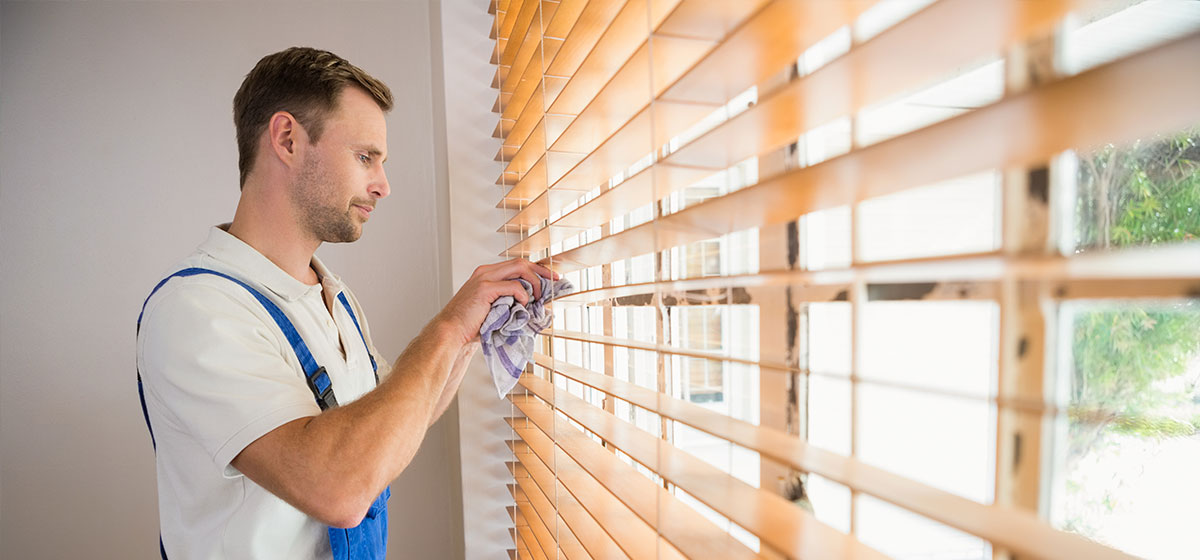
How to clean Venetian blinds
Read more

How to best clean a washing machine
Read more
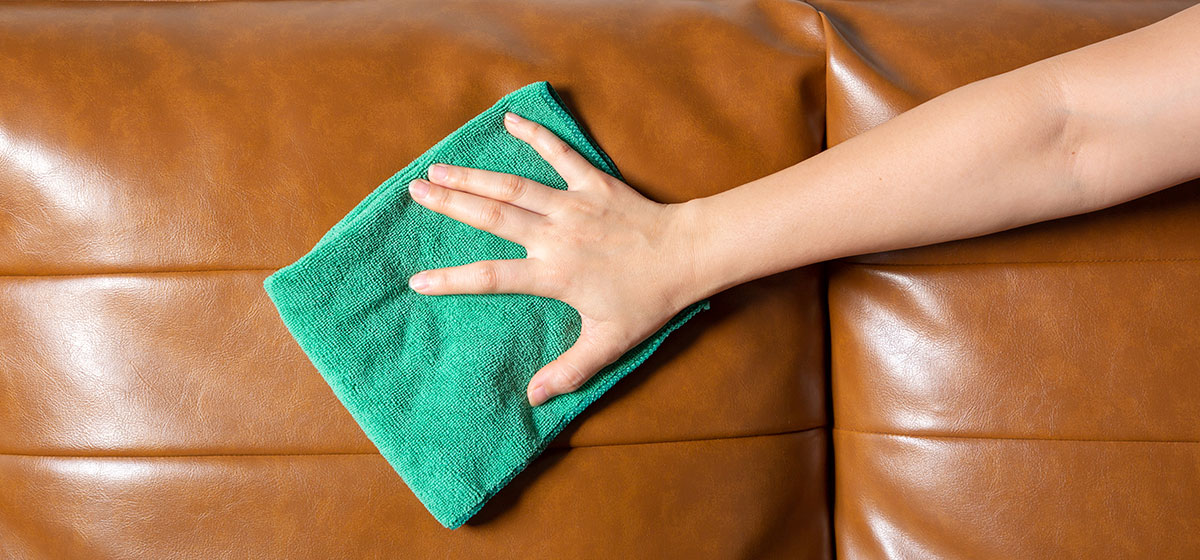
How to clean leather couch at home
Read more

How to get a cleaning certification
Read more
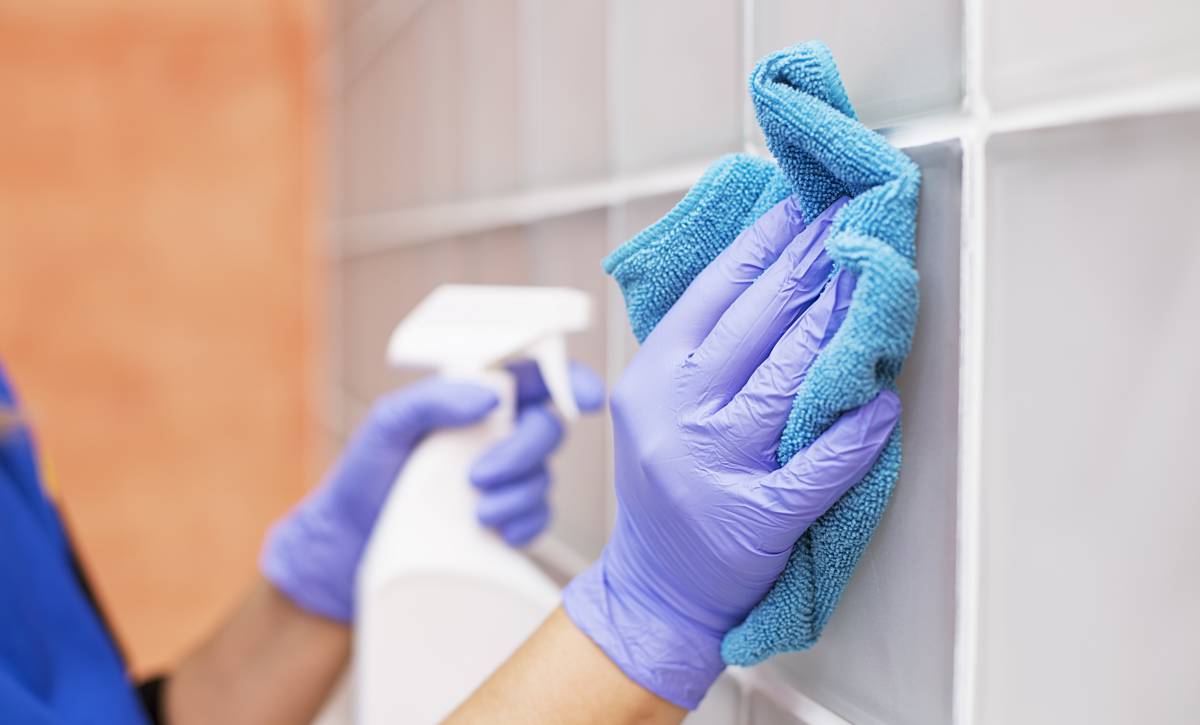
How to get more cleaning jobs
Read more

How to price cleaning jobs
Read more
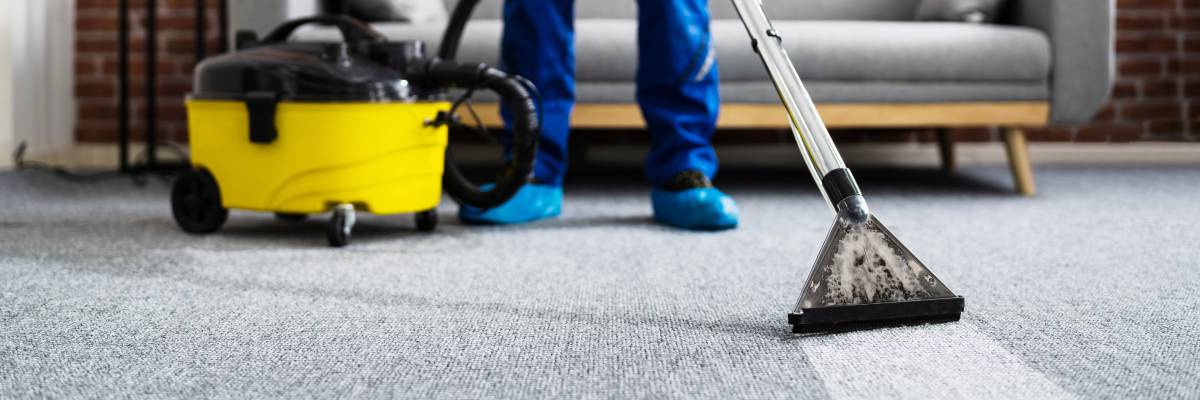
How to become a housekeeper
Read more
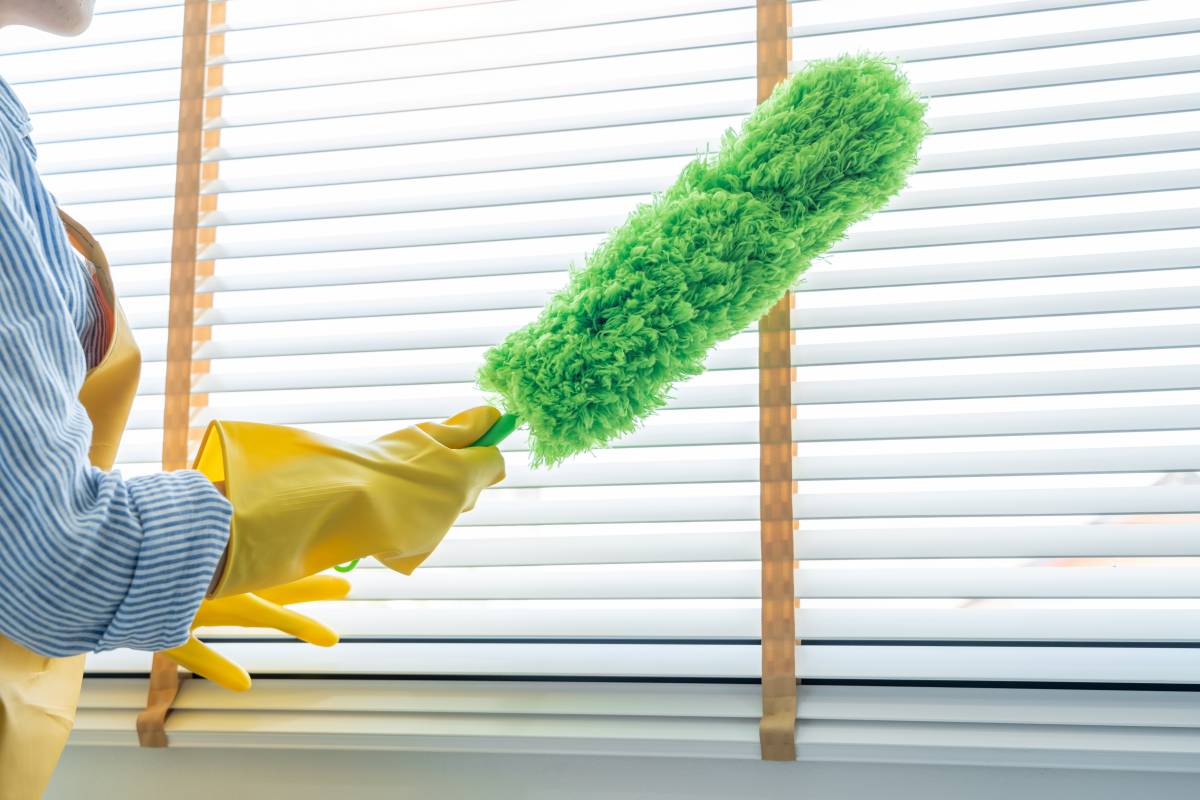
How to clean a duster
Read more
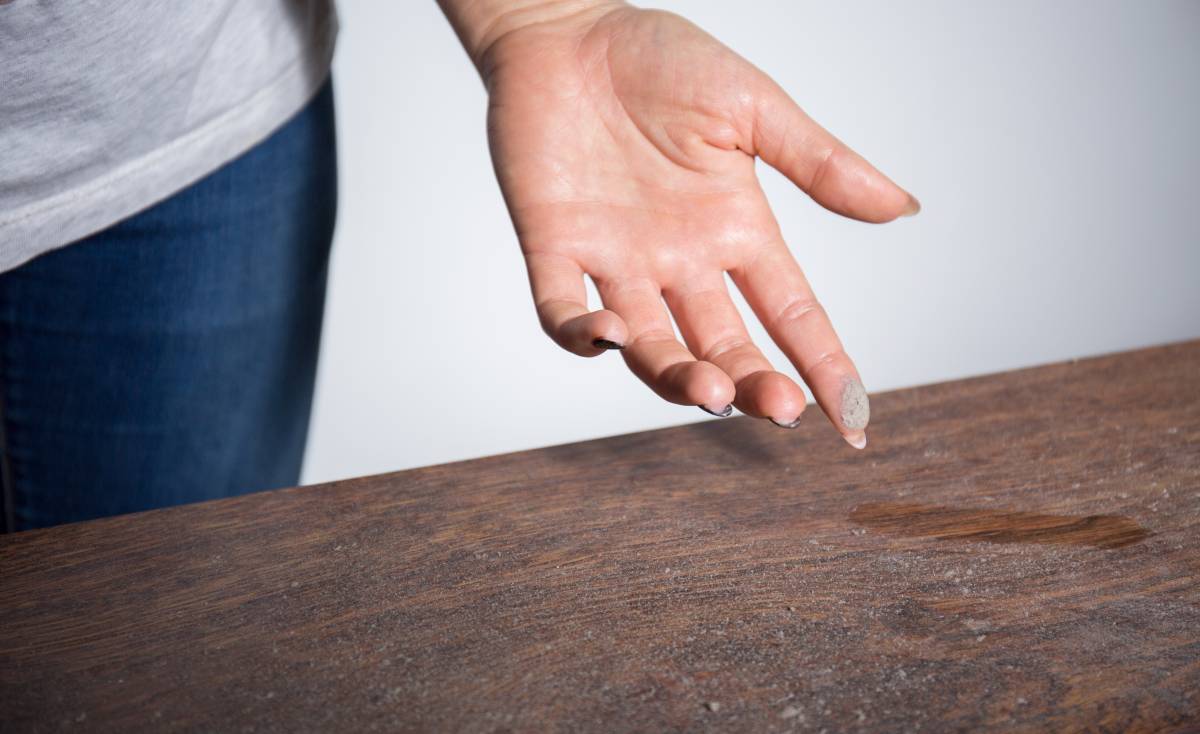
How to get rid of dust in your home
Read more
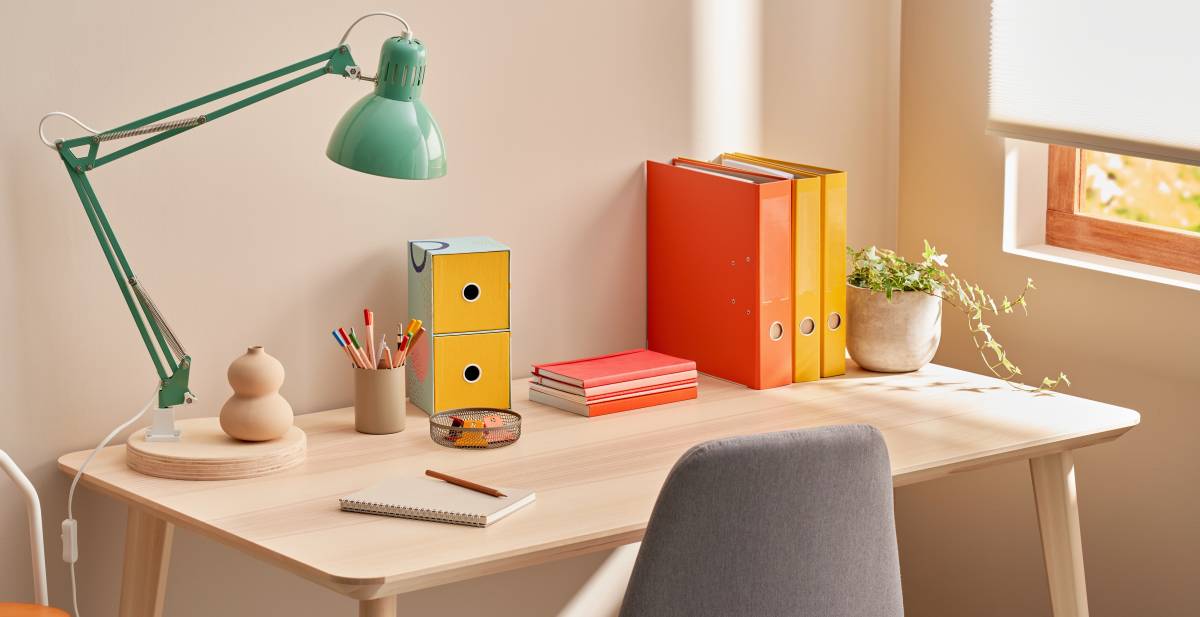
How to keep your desk dust-free
Read more
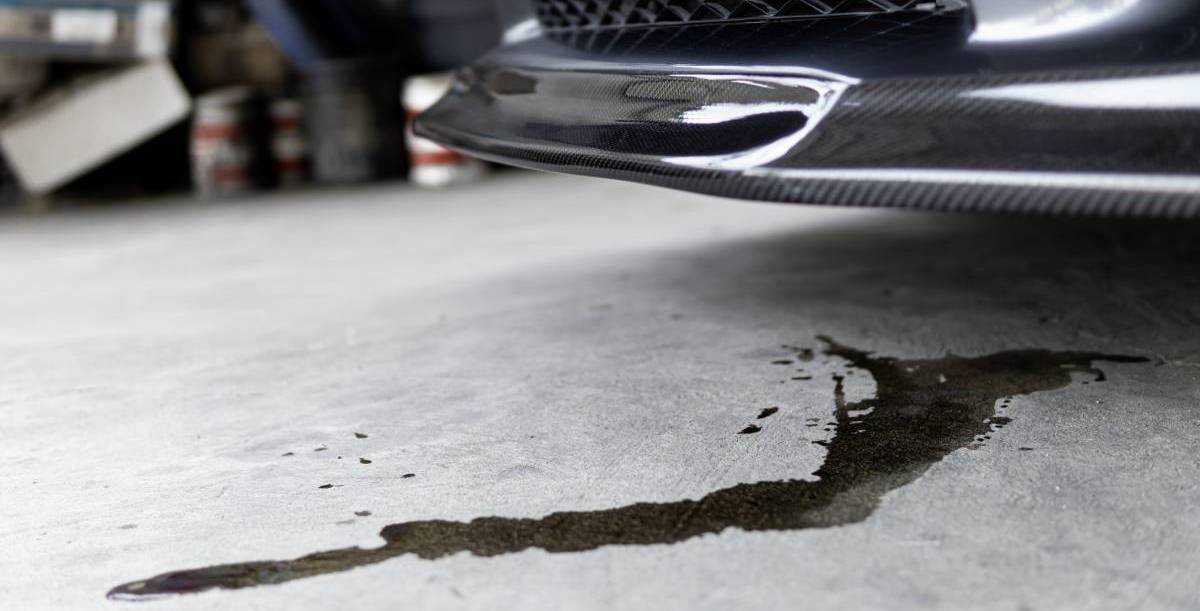
How to clean a garage floor
Read more

End of tenancy cleaning checklist
Read more
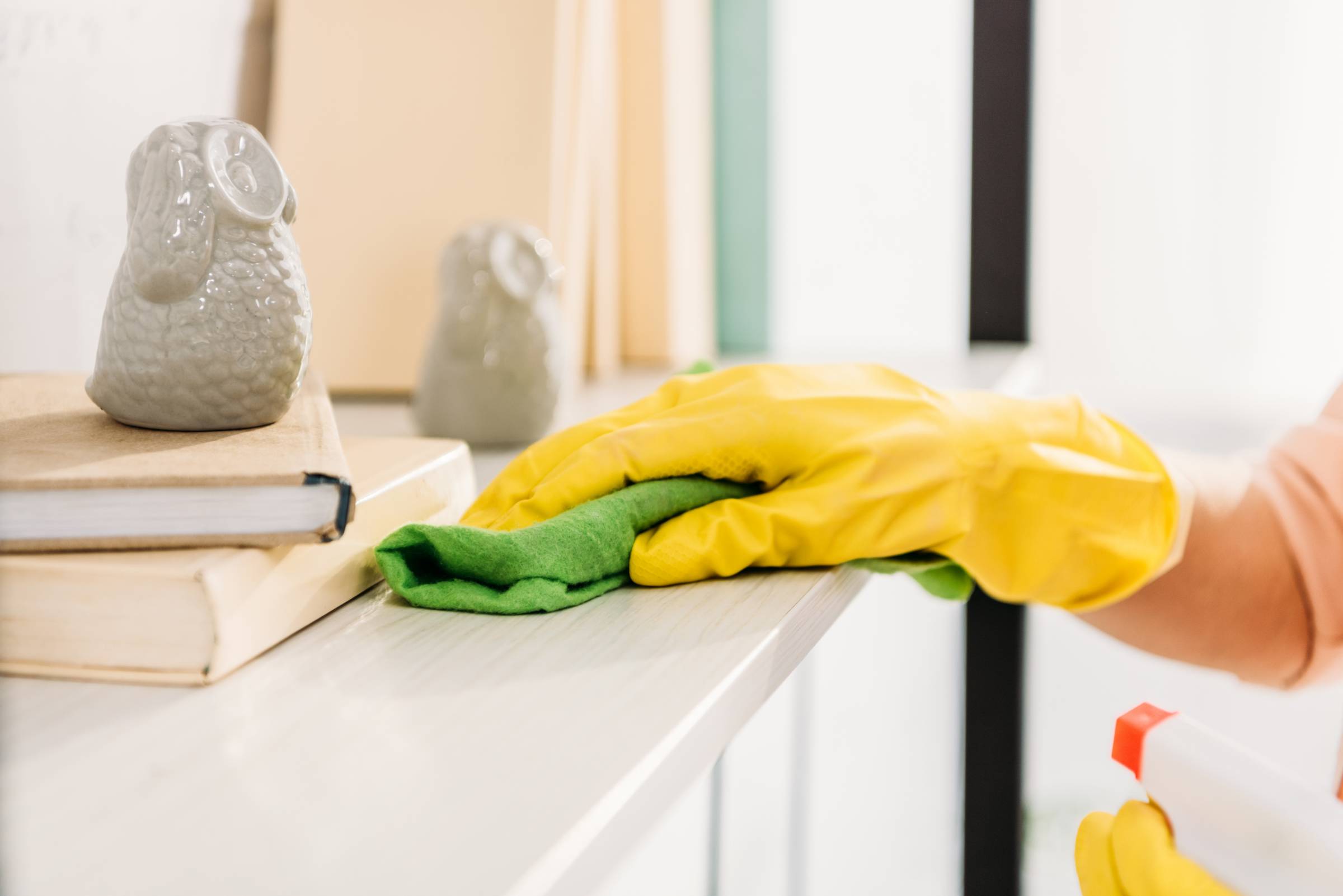
The ultimate spring cleaning checklist
Read more
Related price pages

How much does tile cleaning cost?
Read more
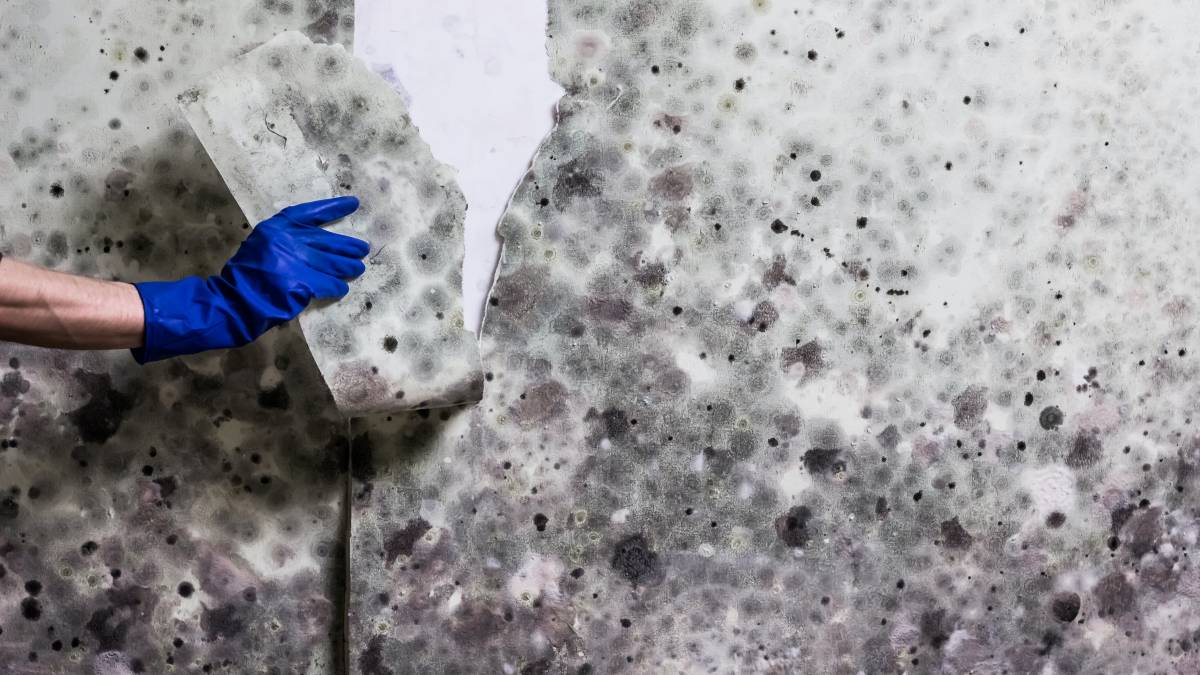
How much does mould removal cost?
Read more
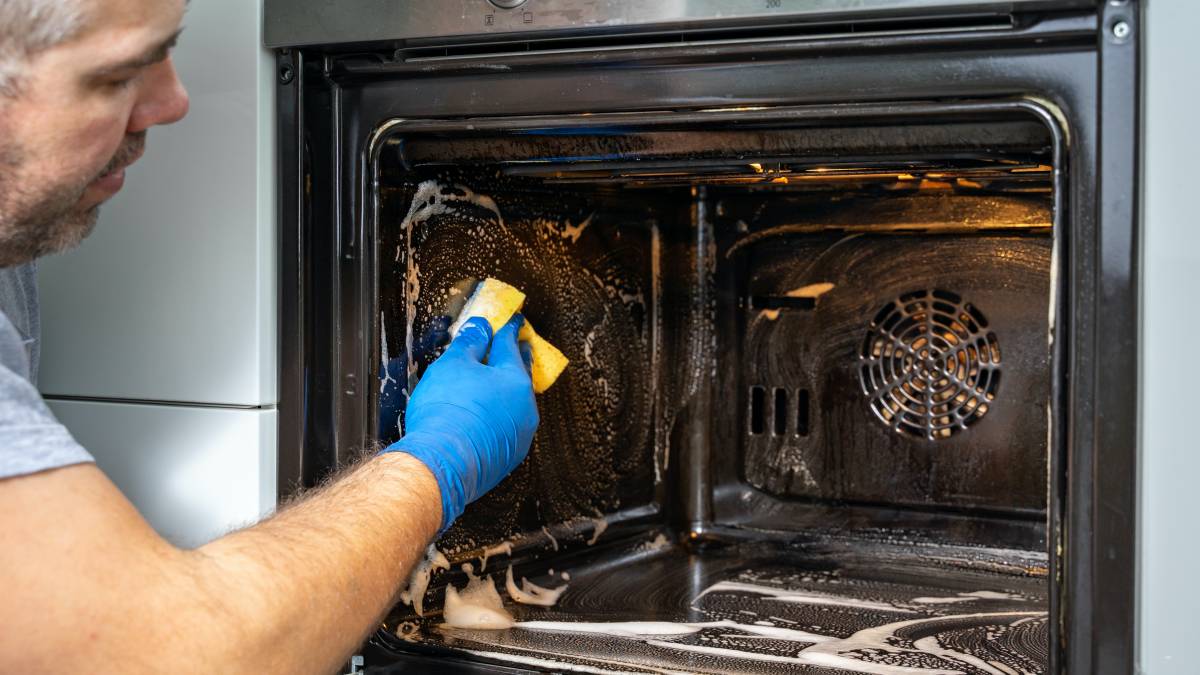
How much does oven cleaning cost?
Read more
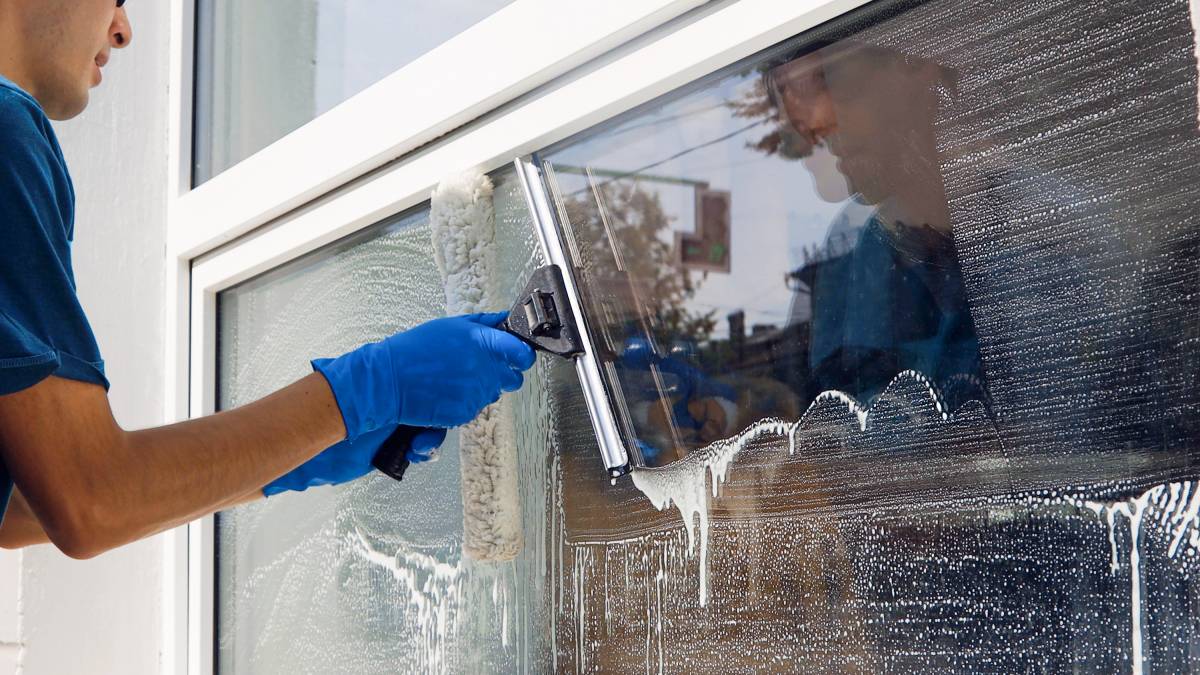
How much does a cleaner cost?
Read more
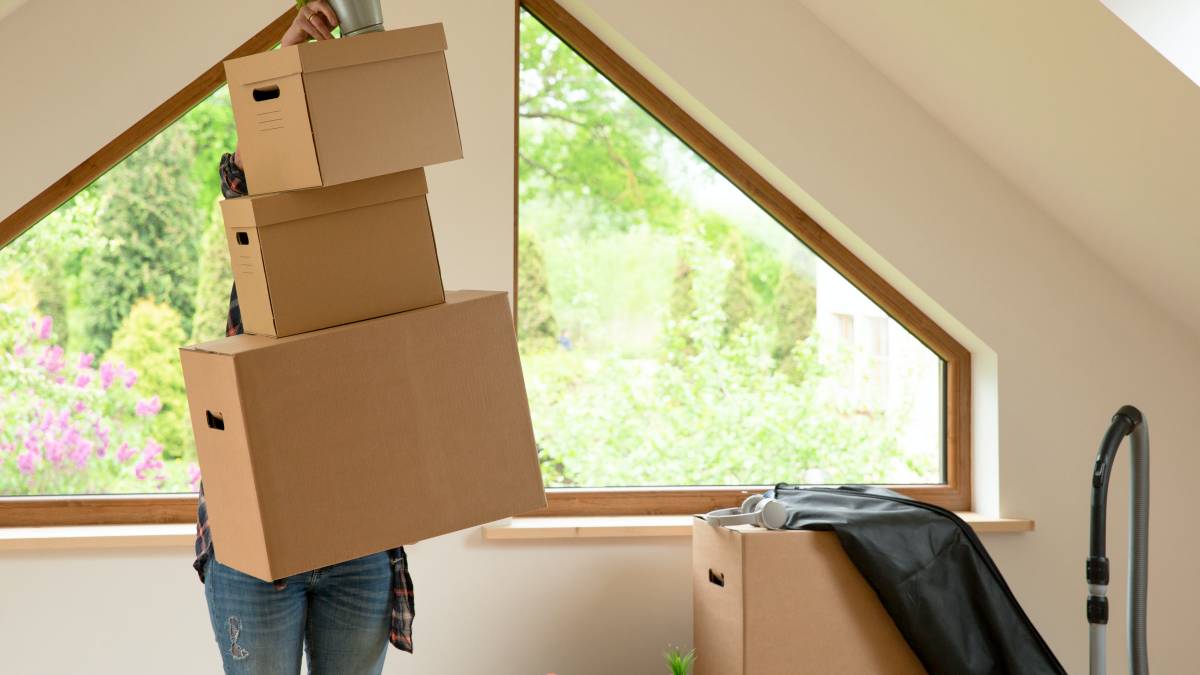
How much does attic cleaning cost?
Read more

How much does office cleaning cost?
Read more
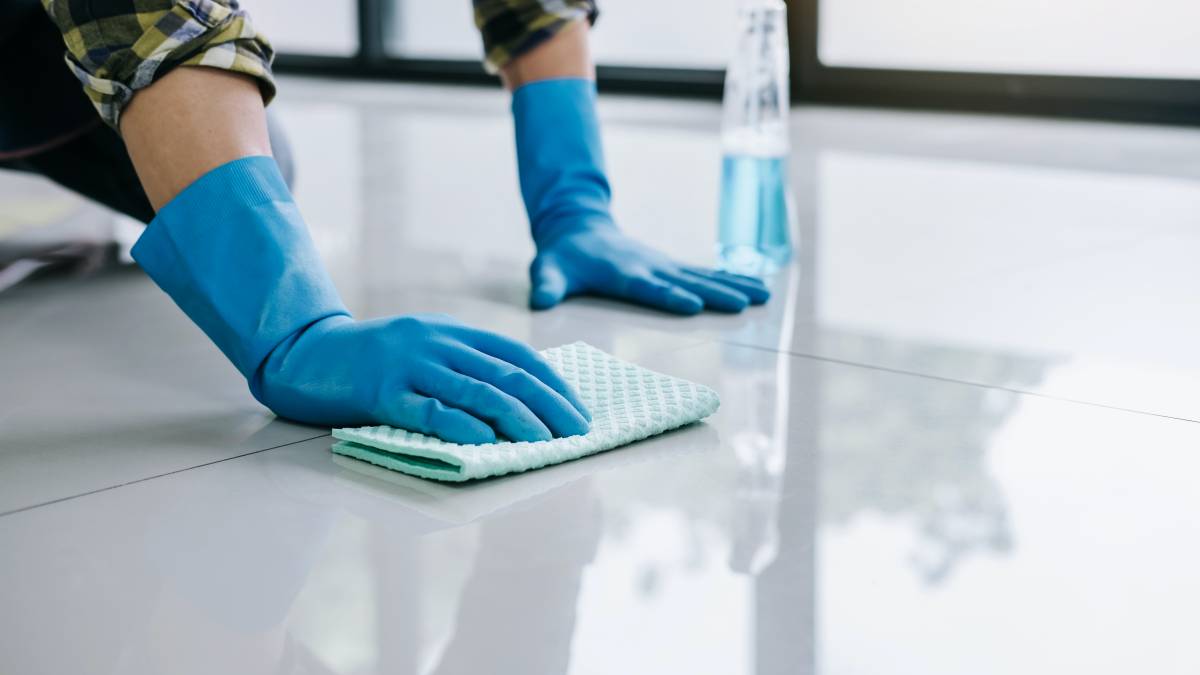
How much does floor cleaning cost?
Read more
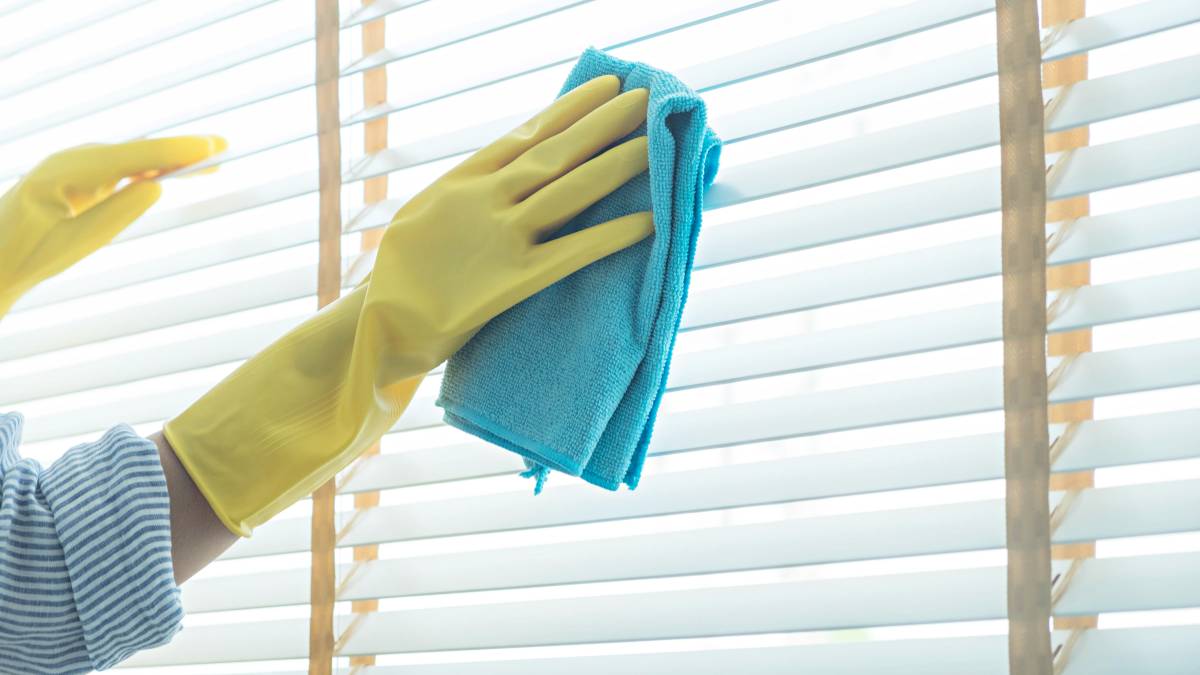
How much does blind cleaning cost?
Read more

How much does pressure washing cost?
Read more
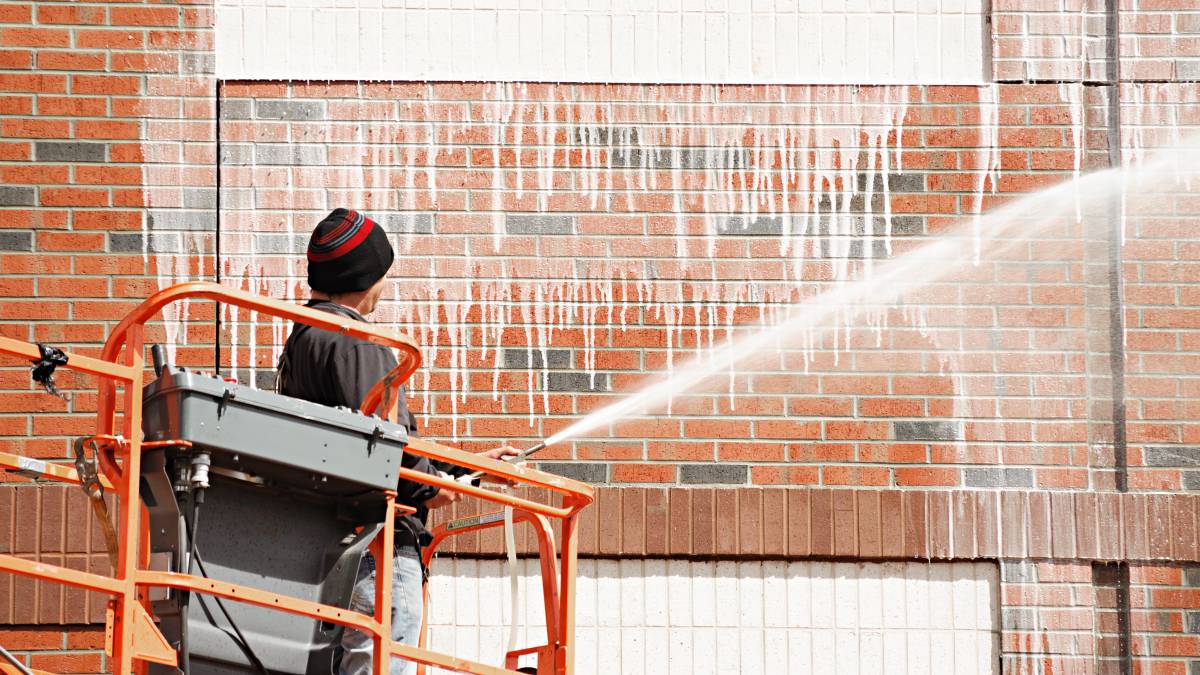
How much does brick cleaning cost?
Read more

How much does sofa cleaning cost?
Read more
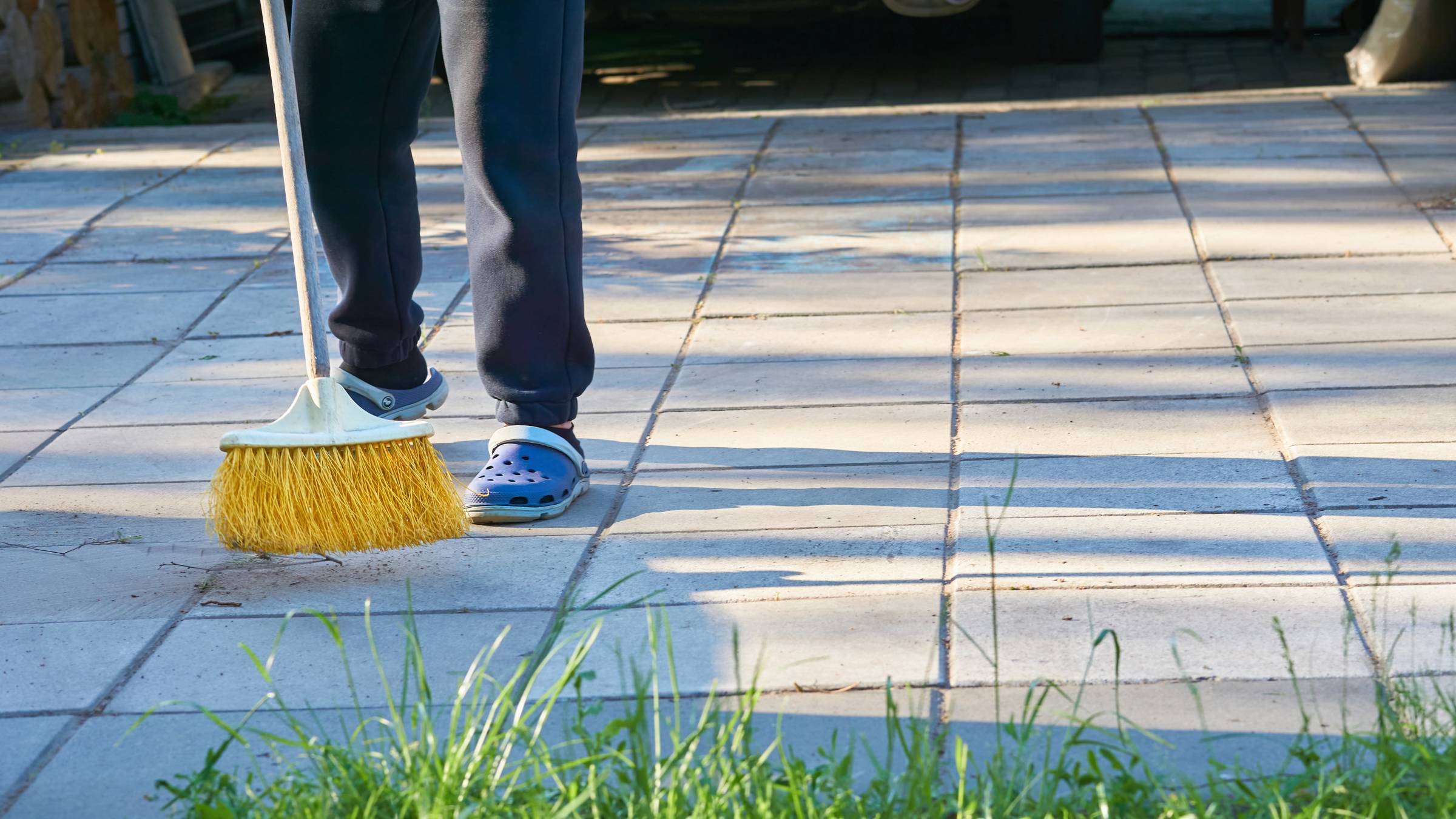
How much does patio cleaning cost?
Read more

